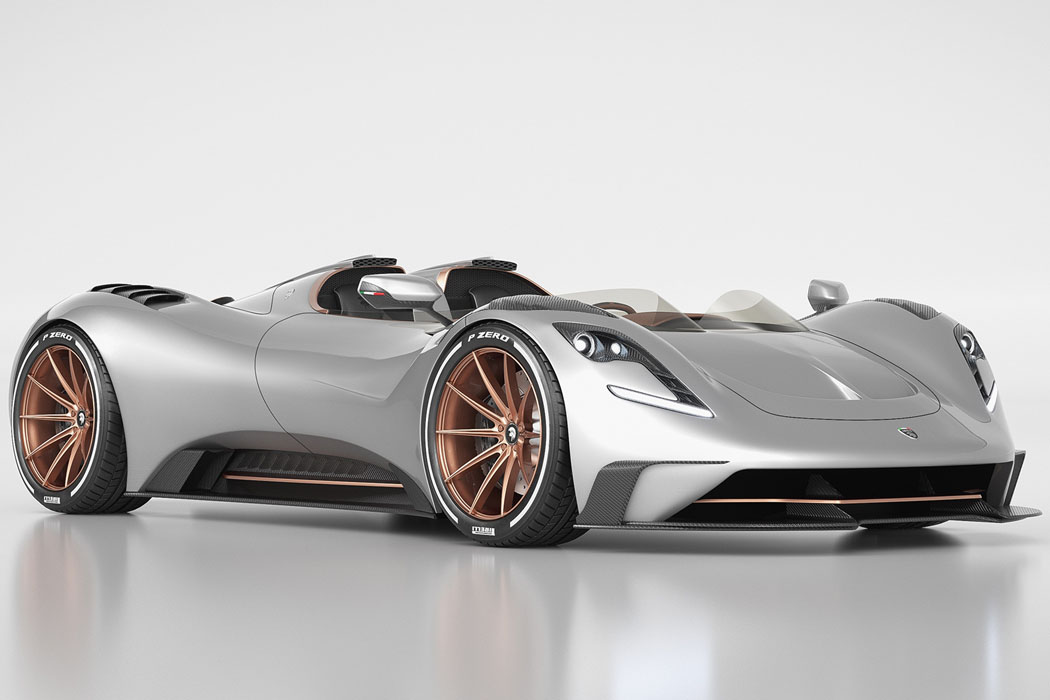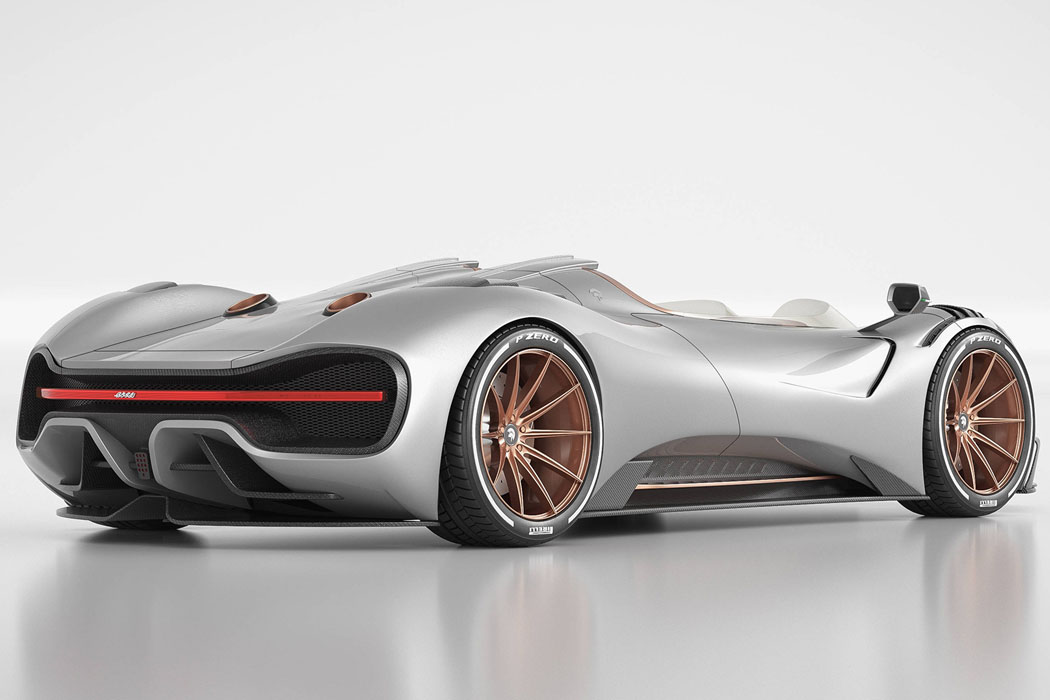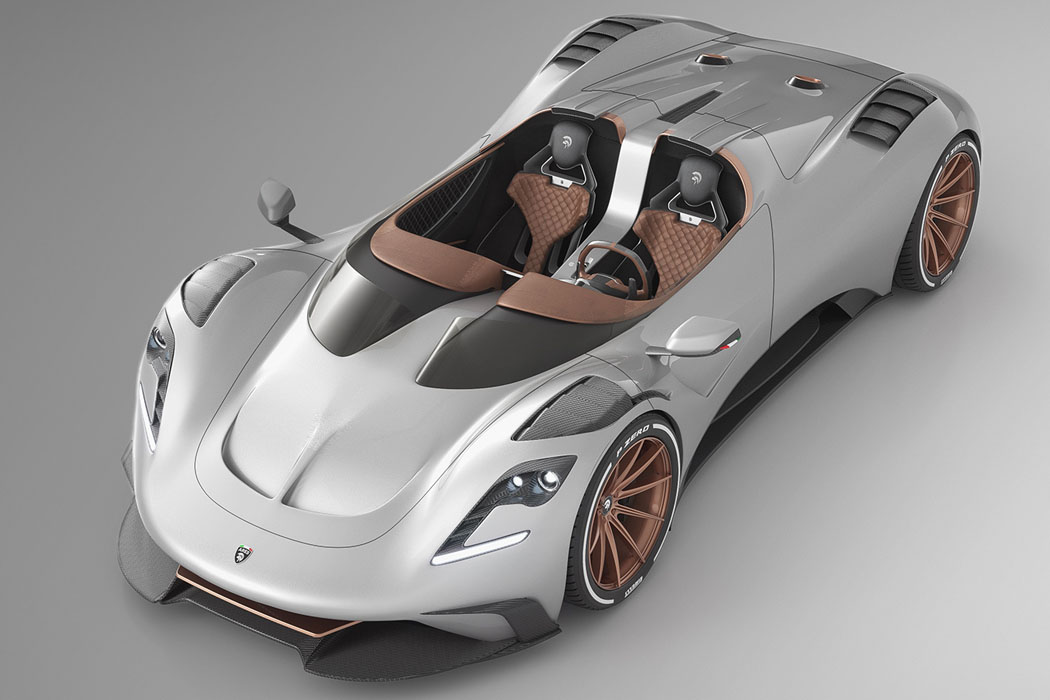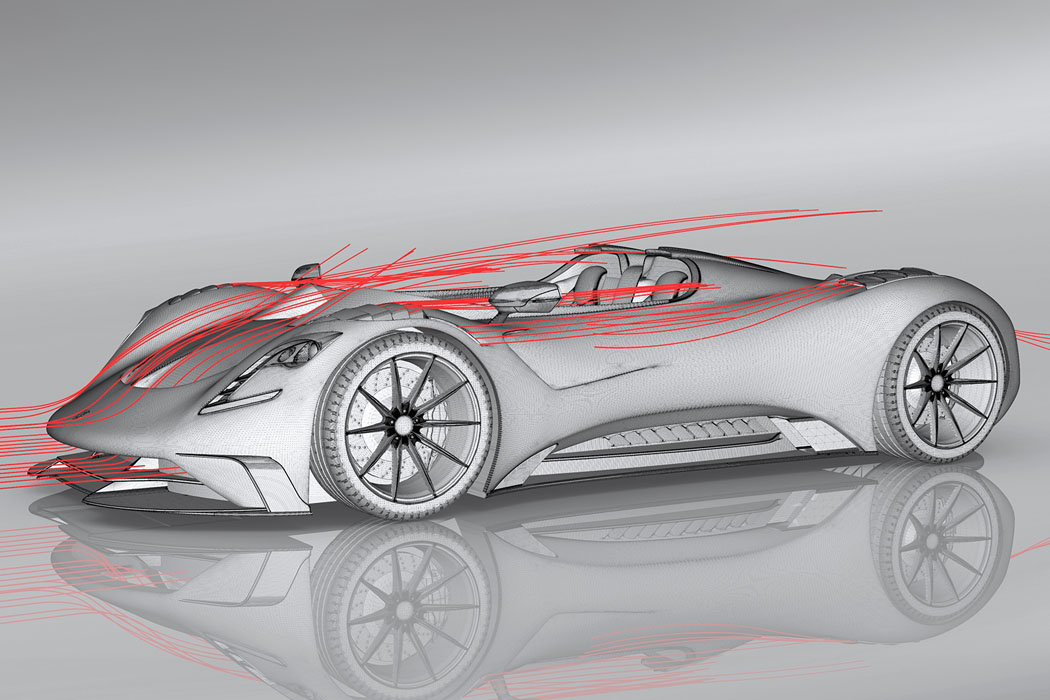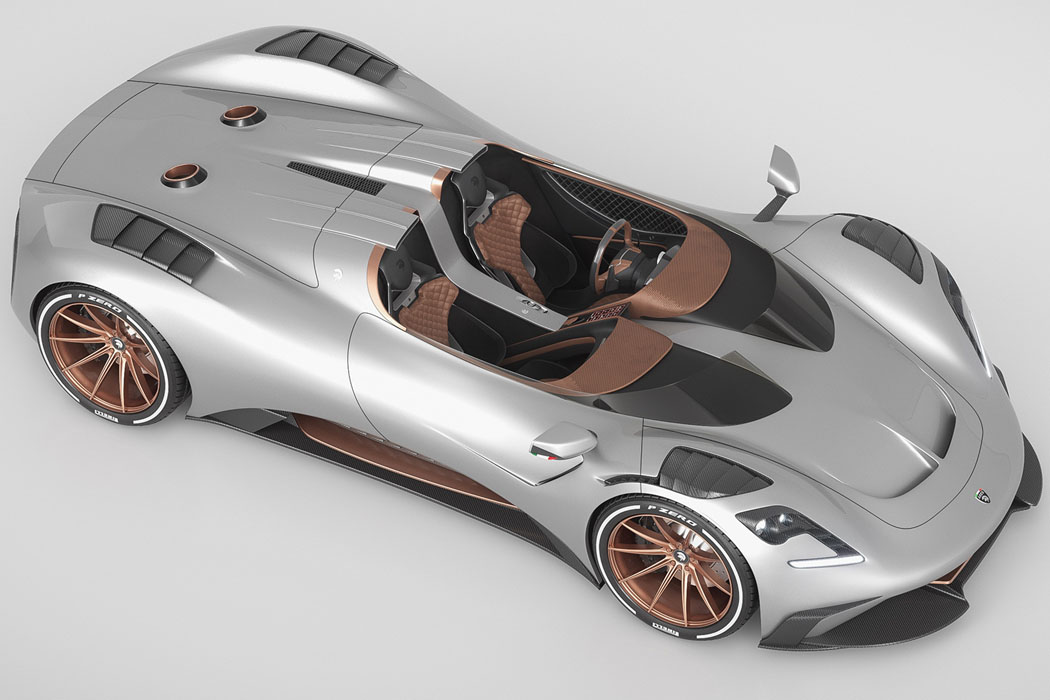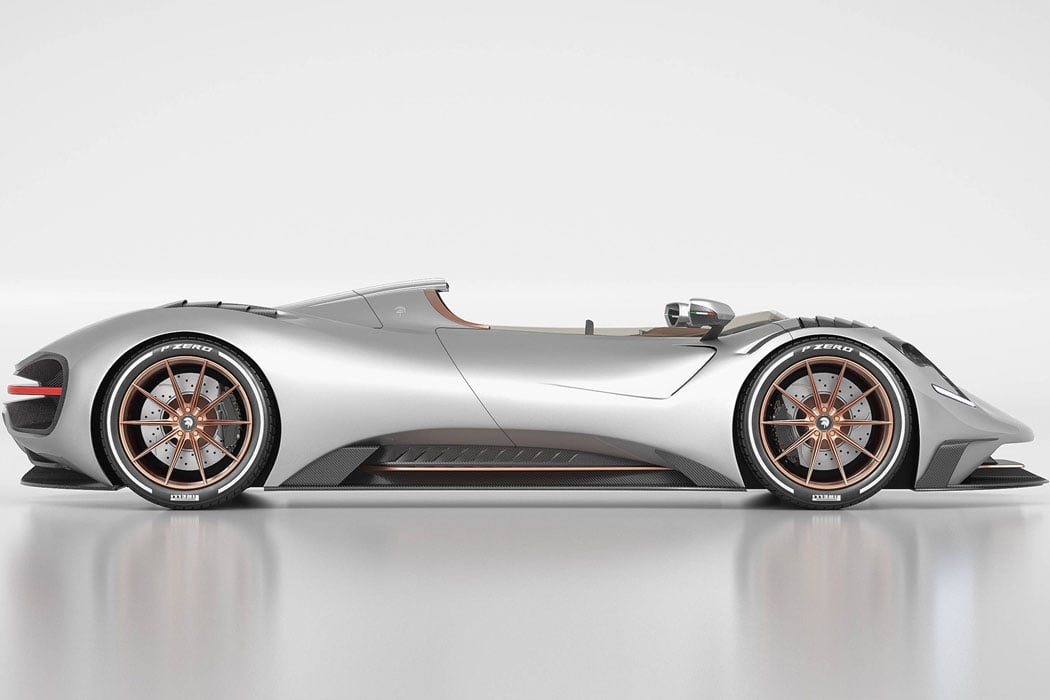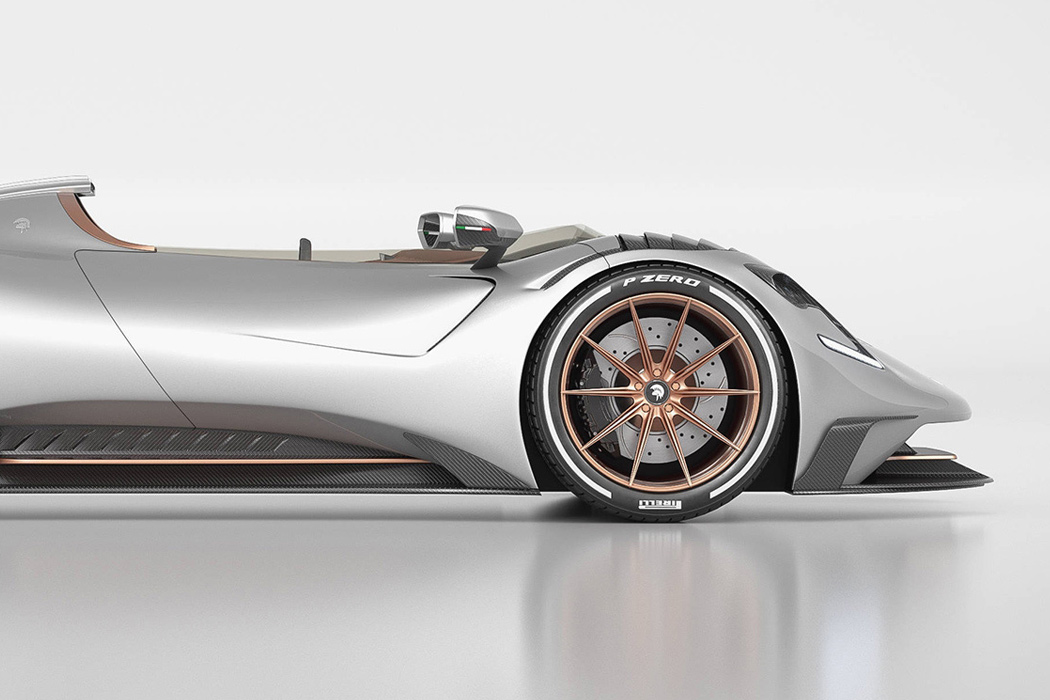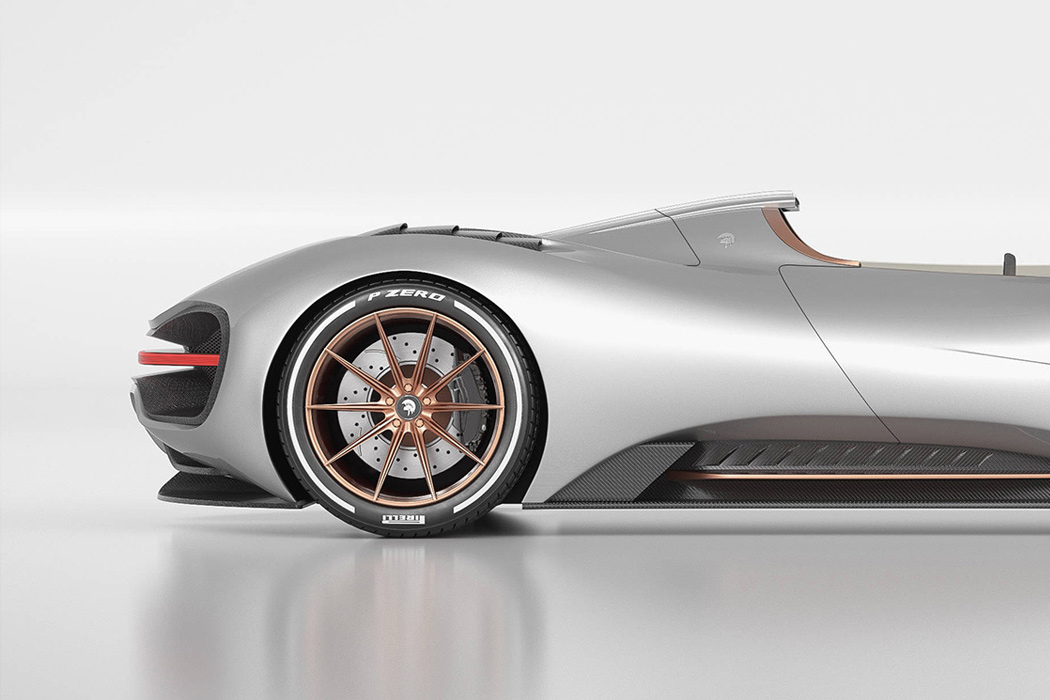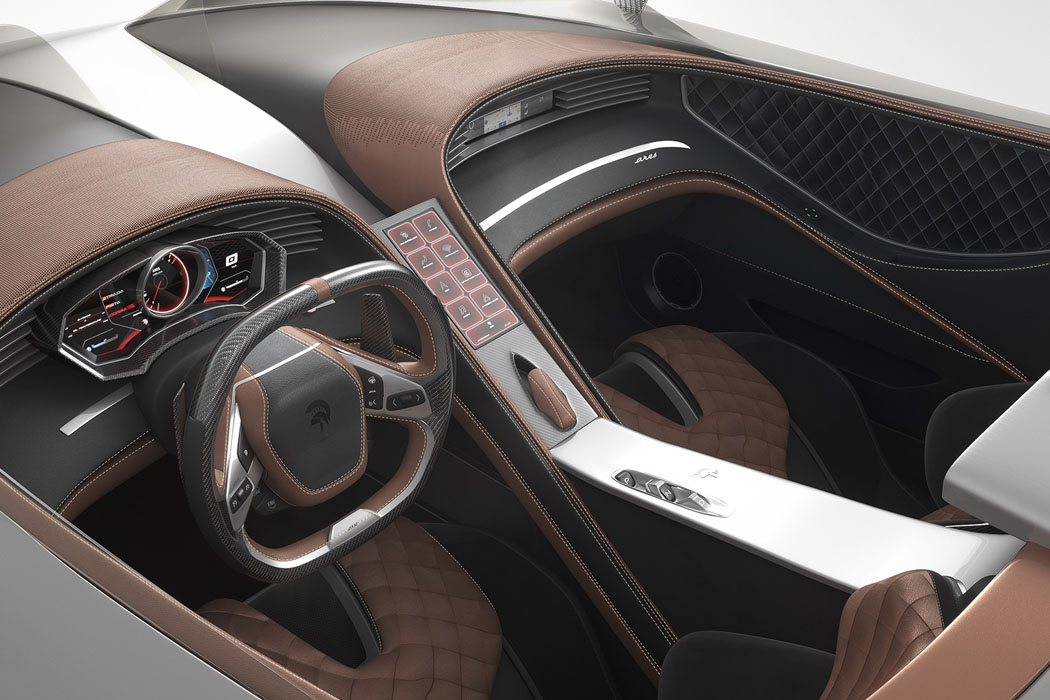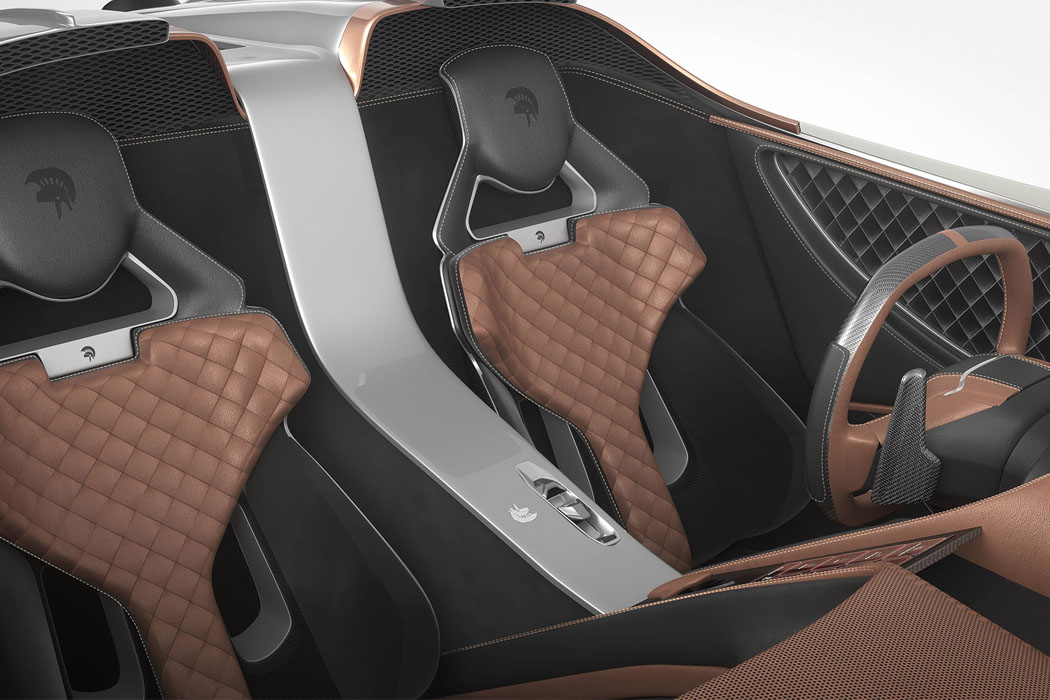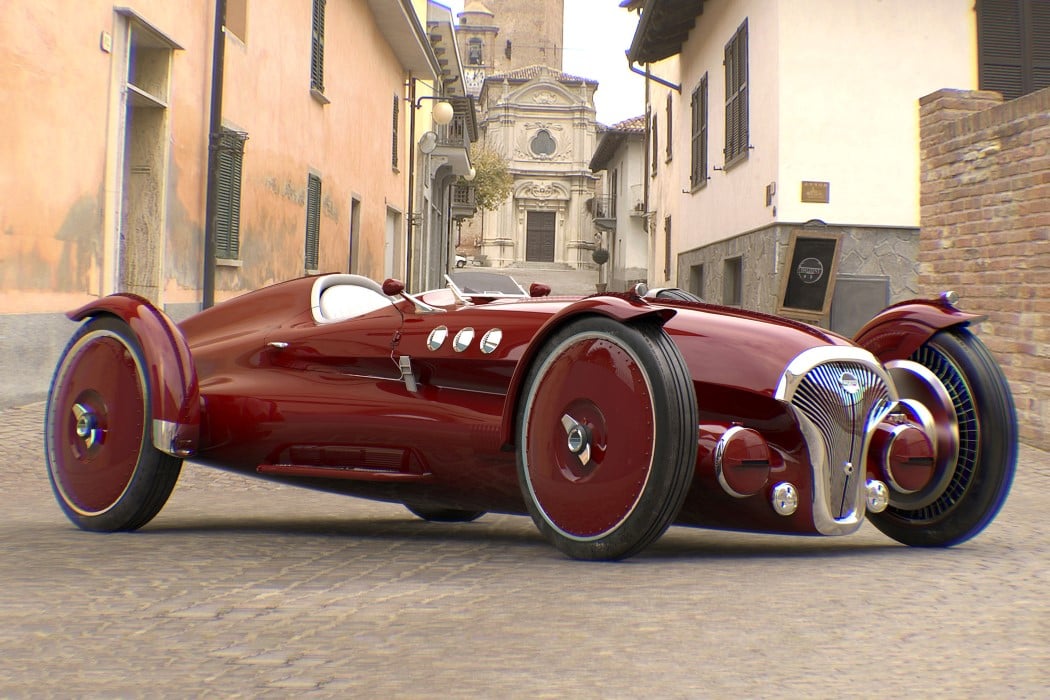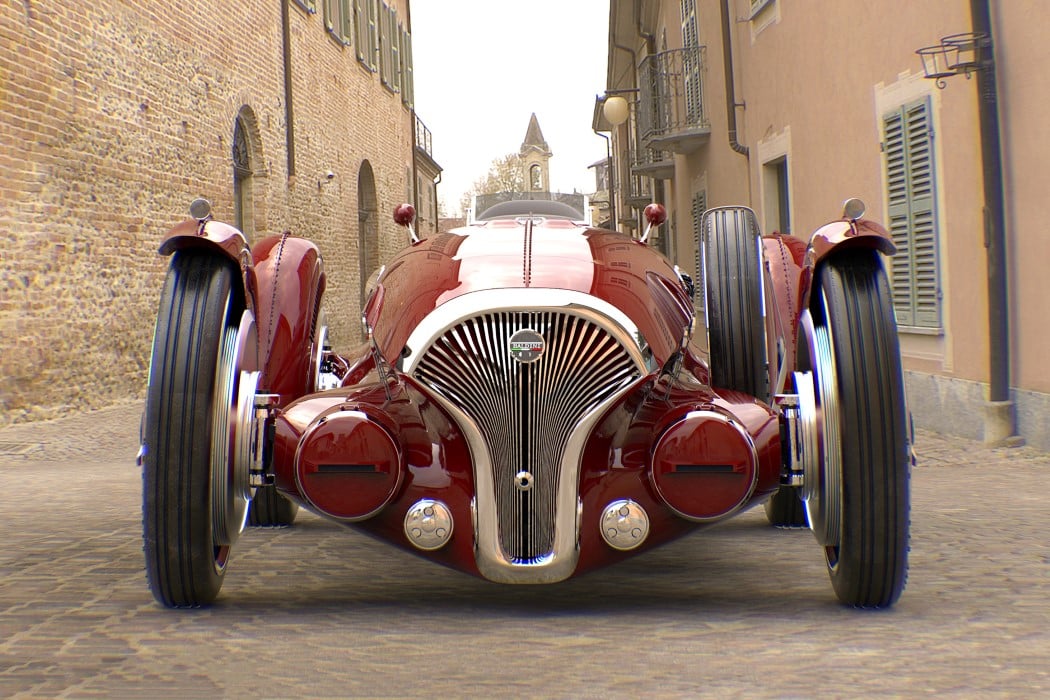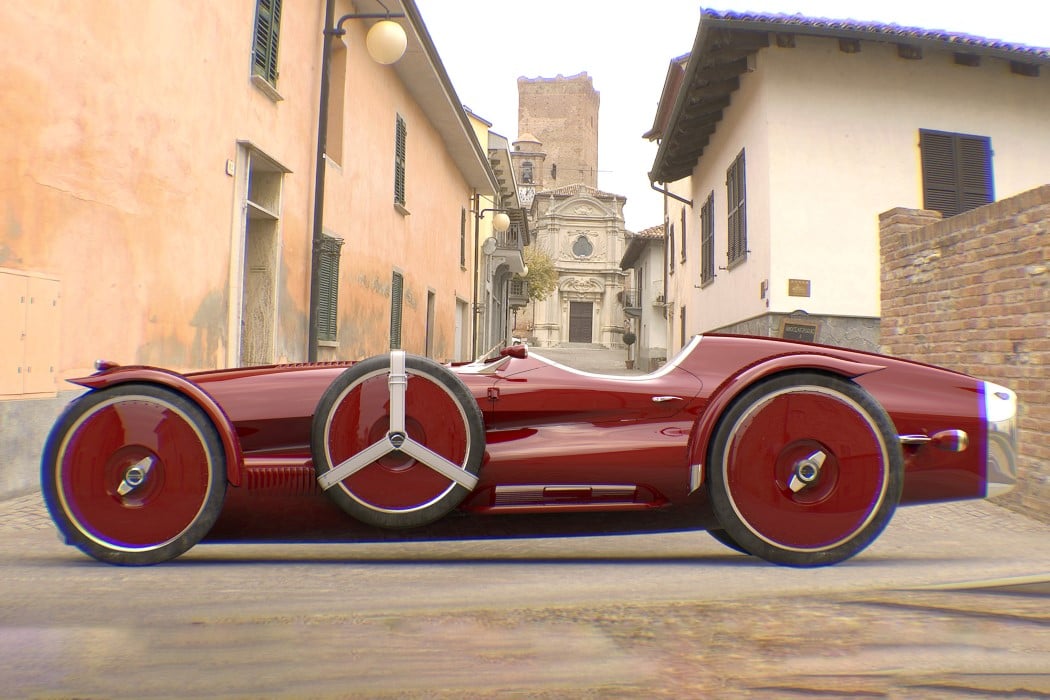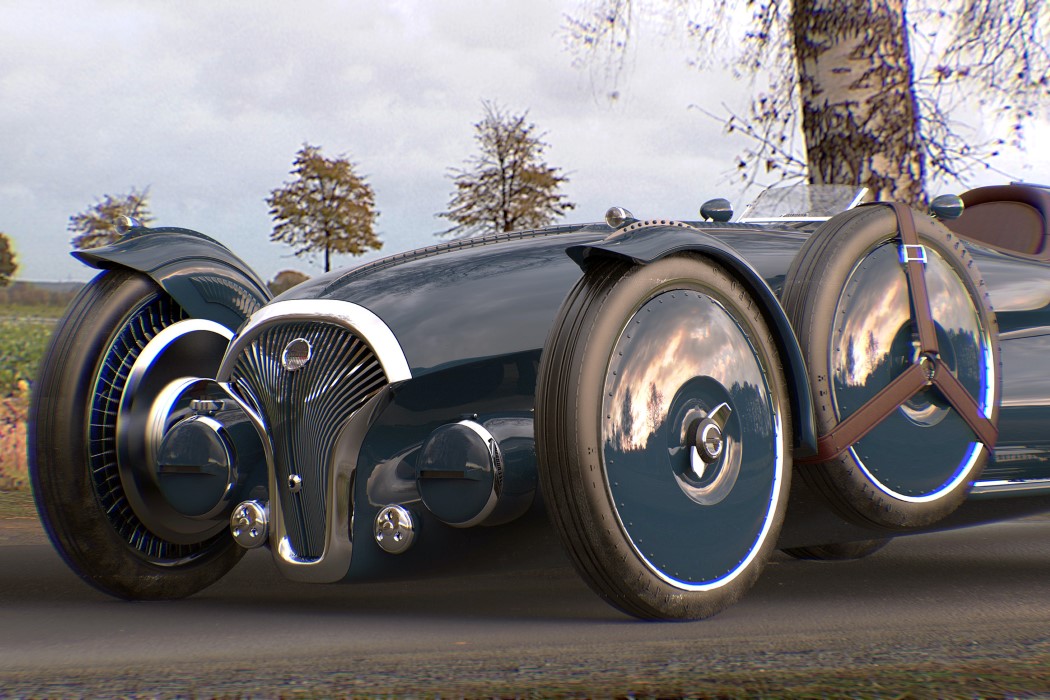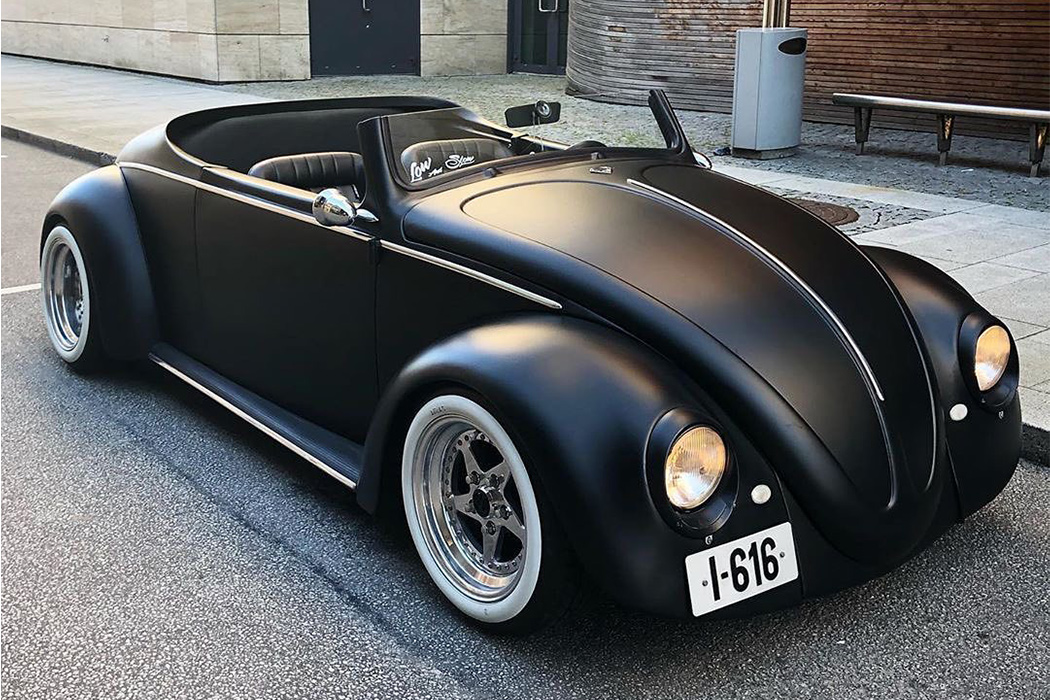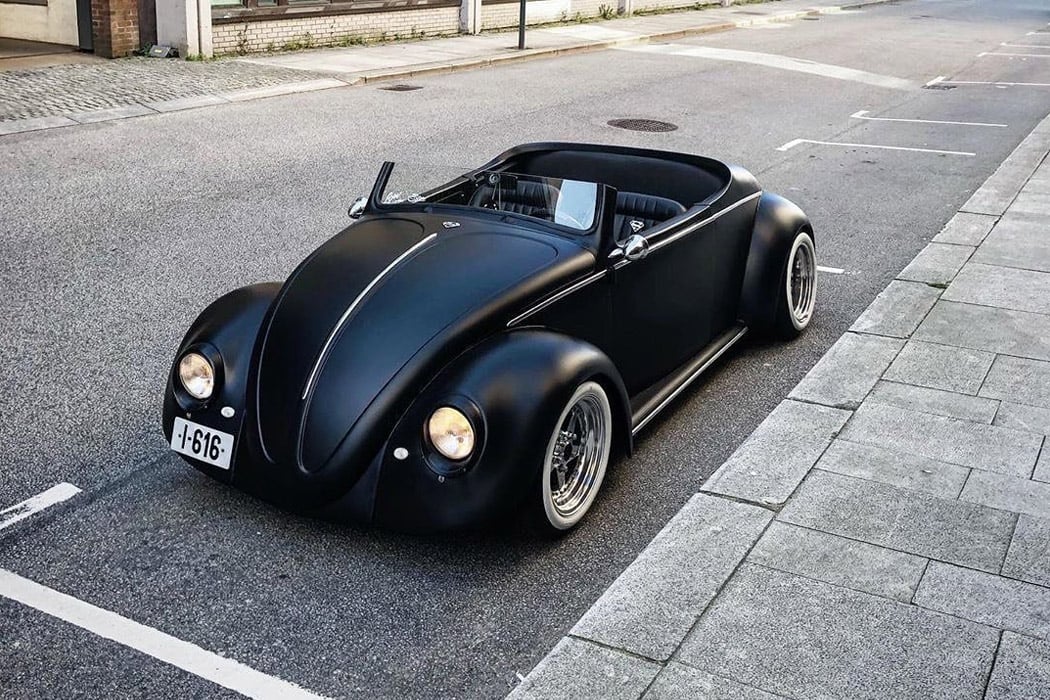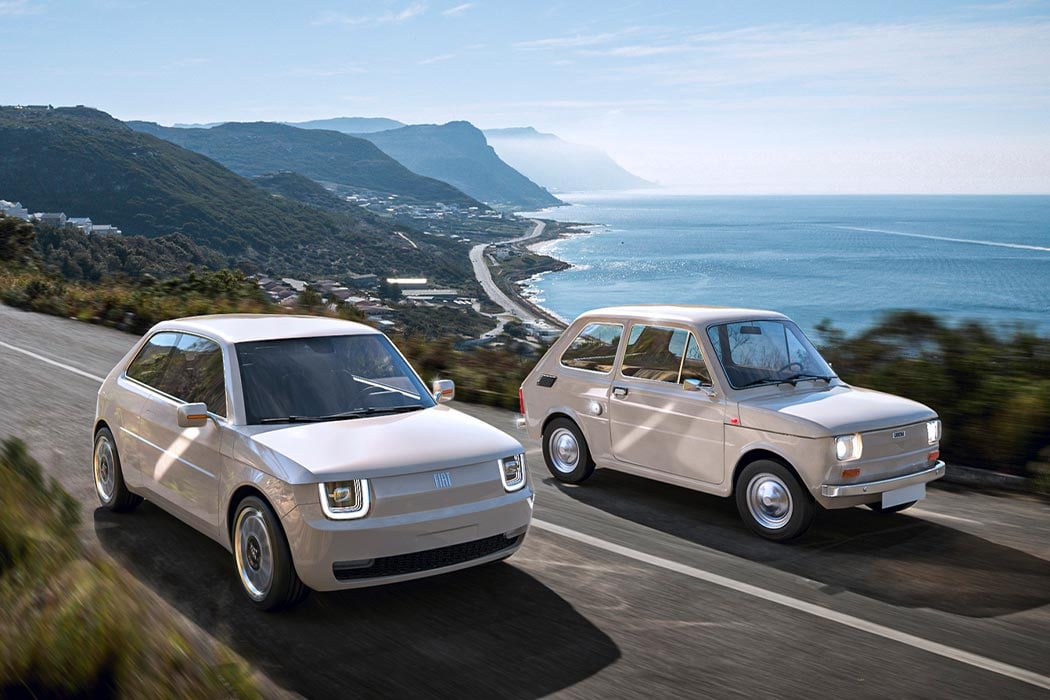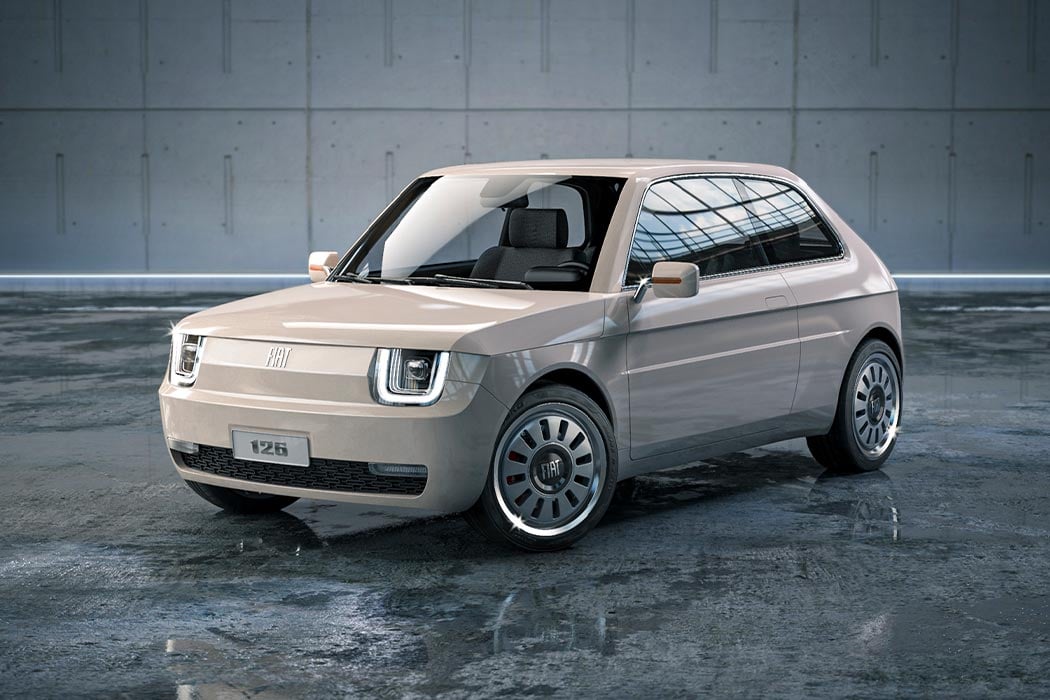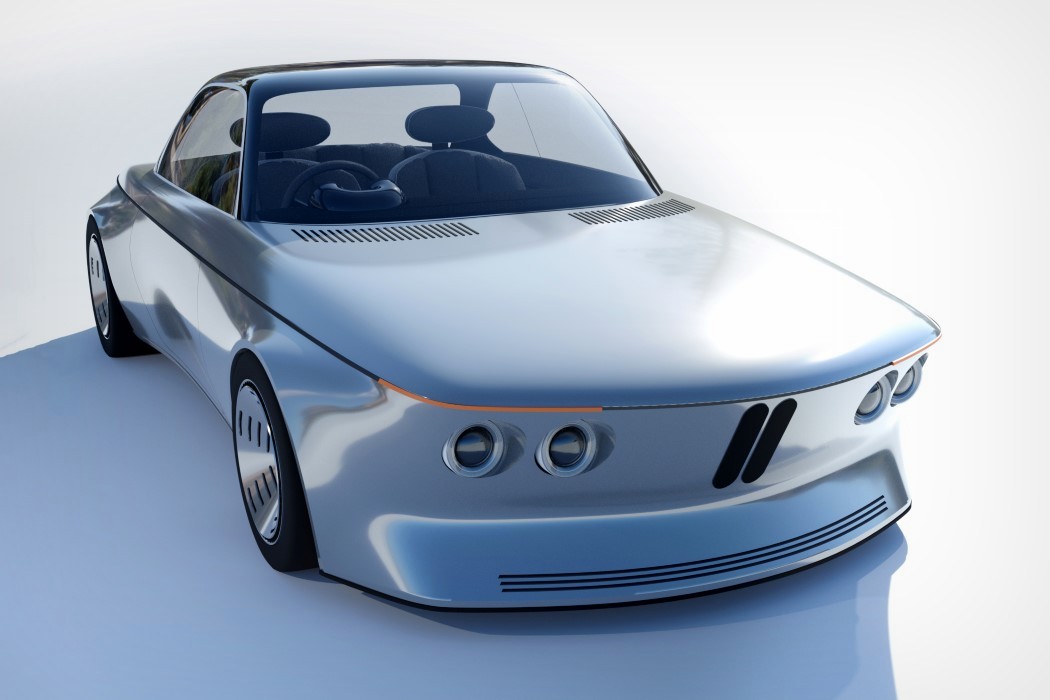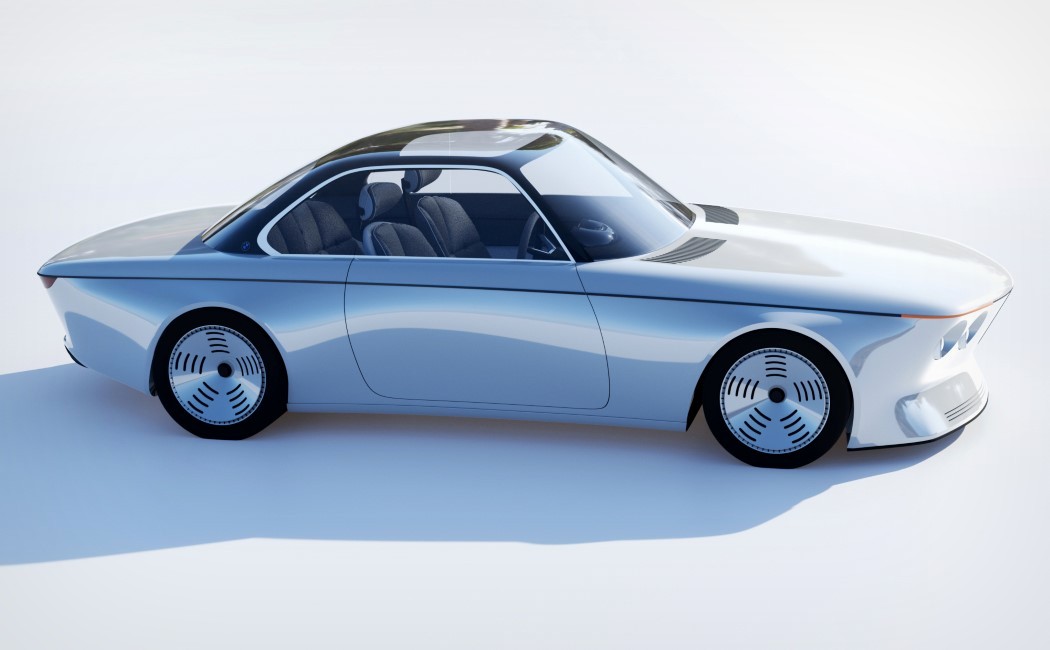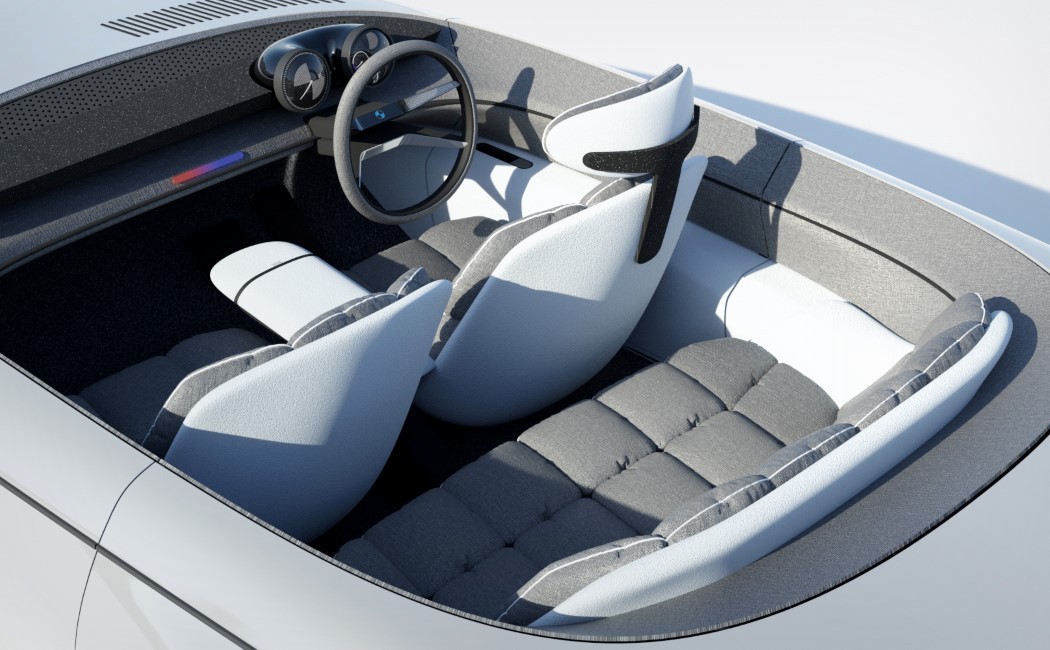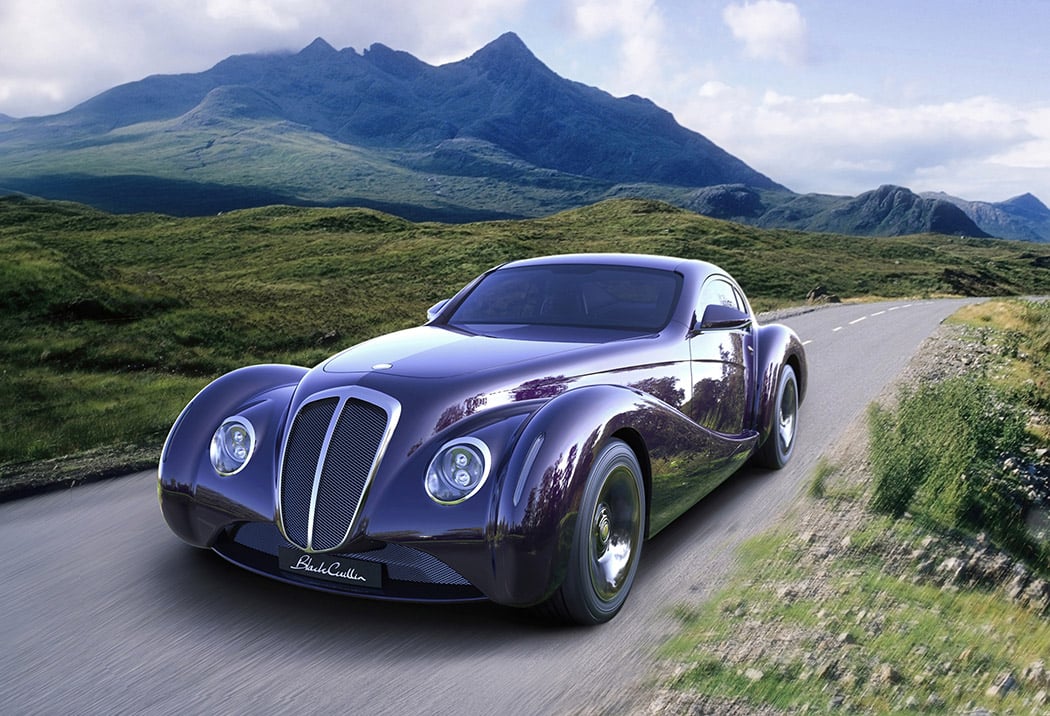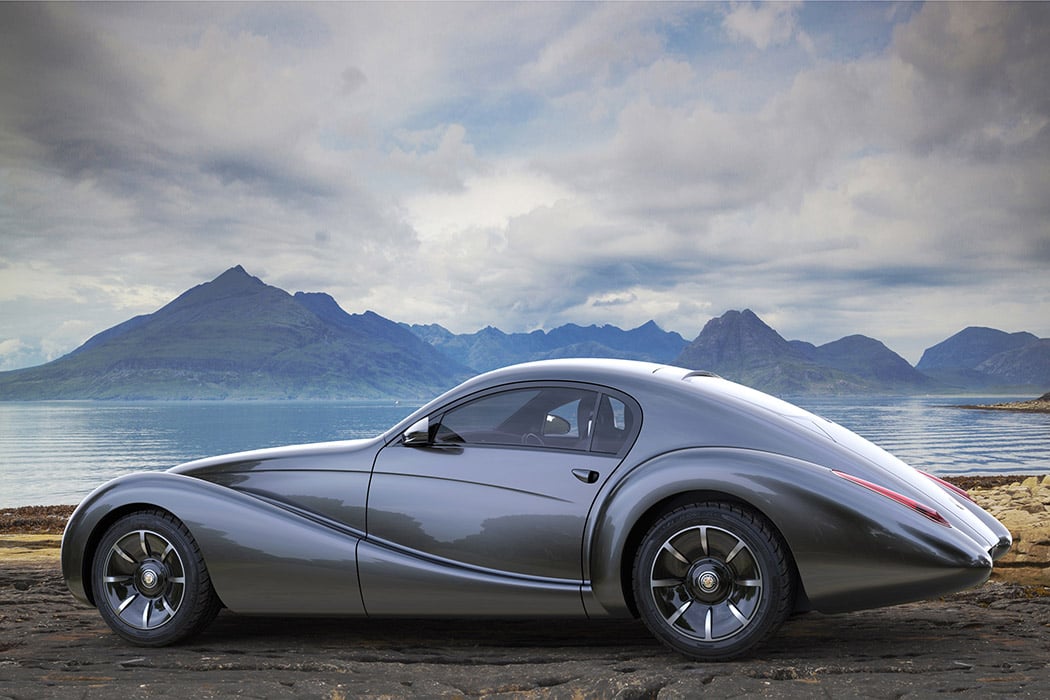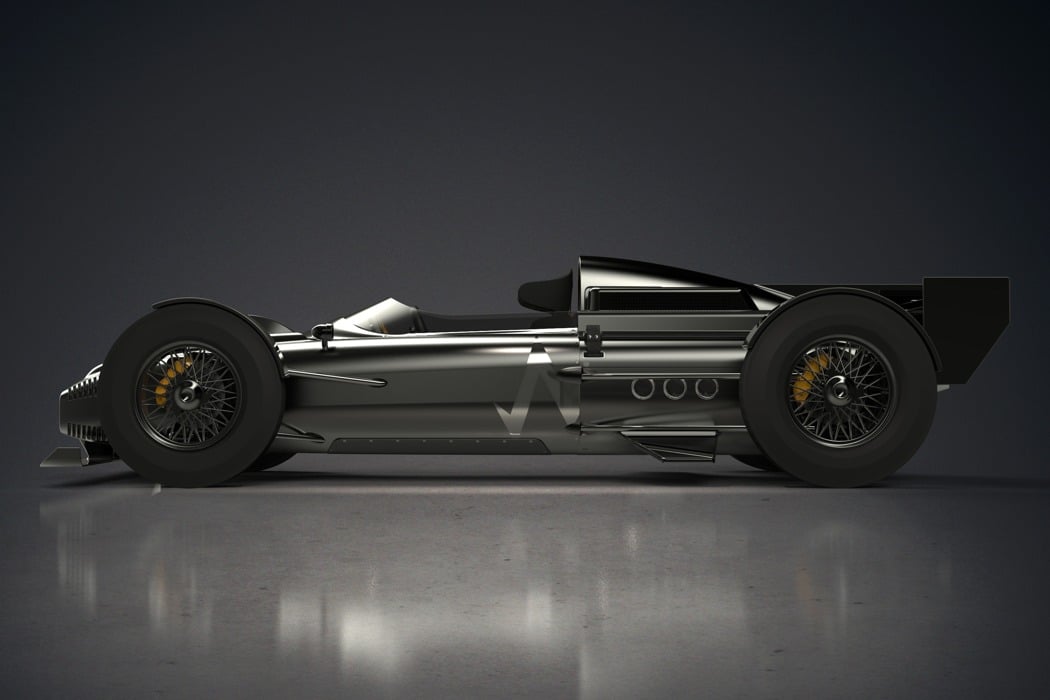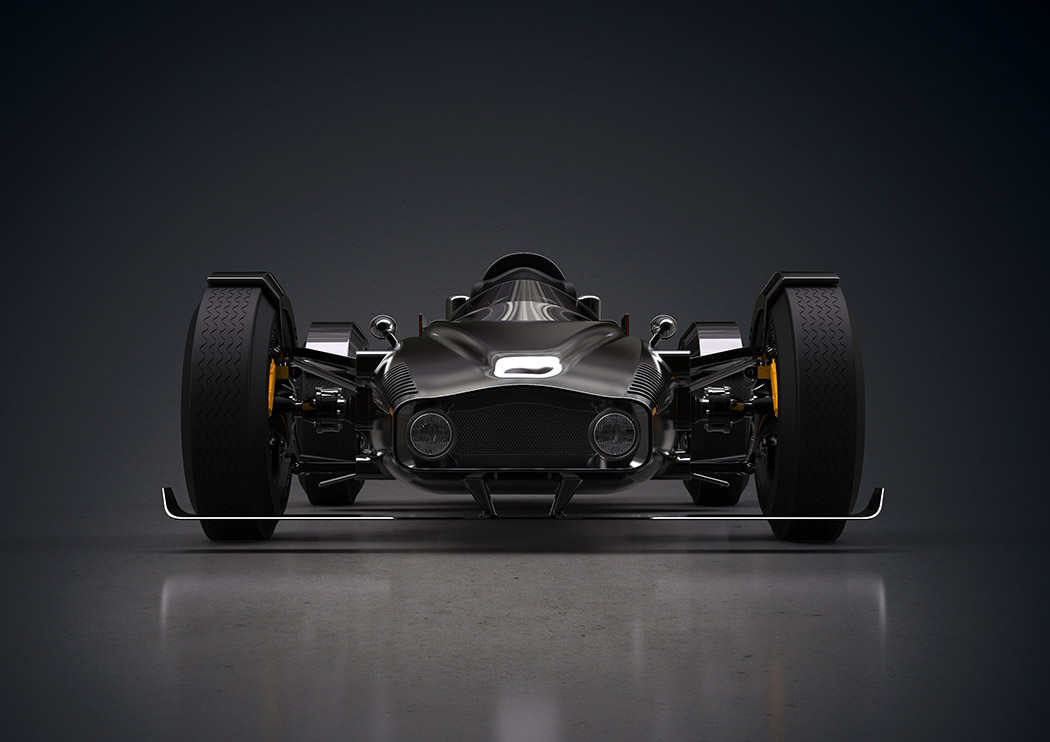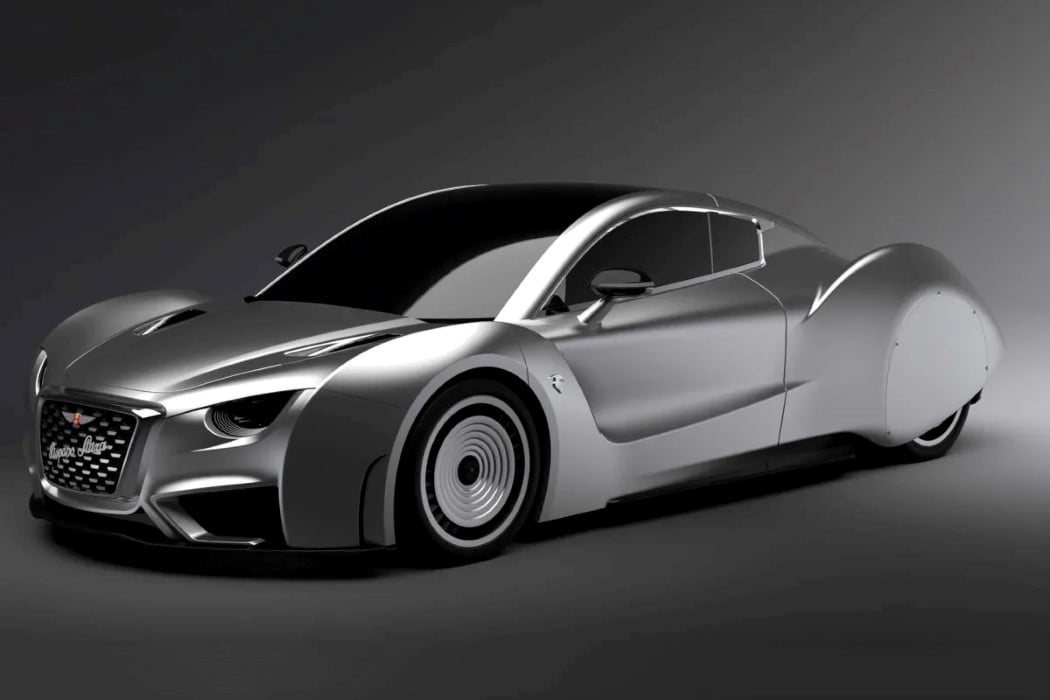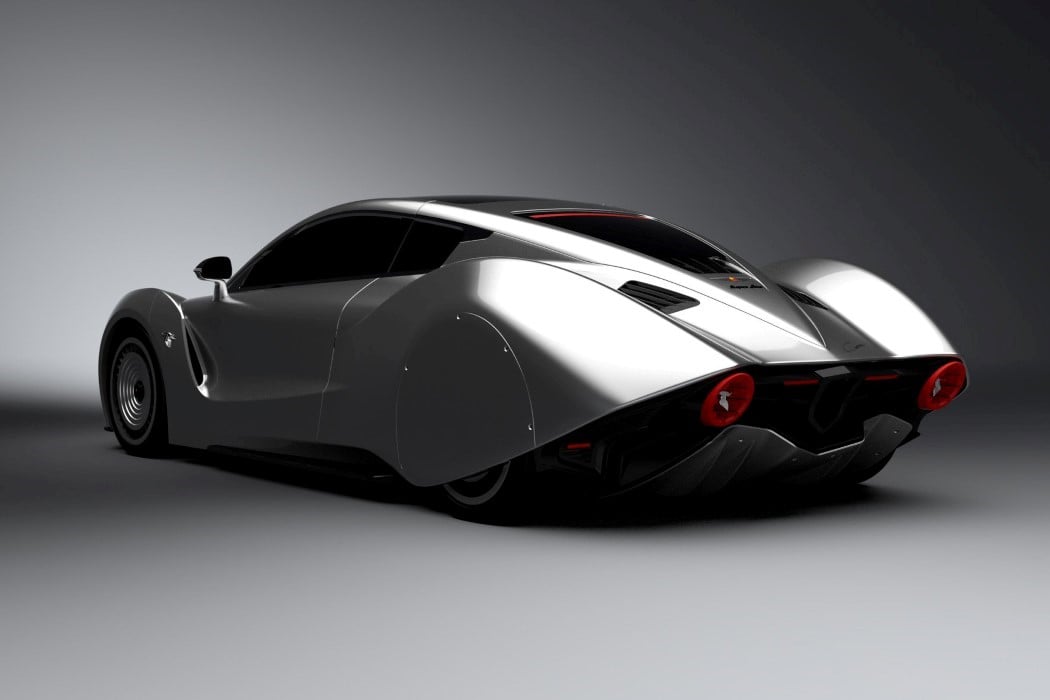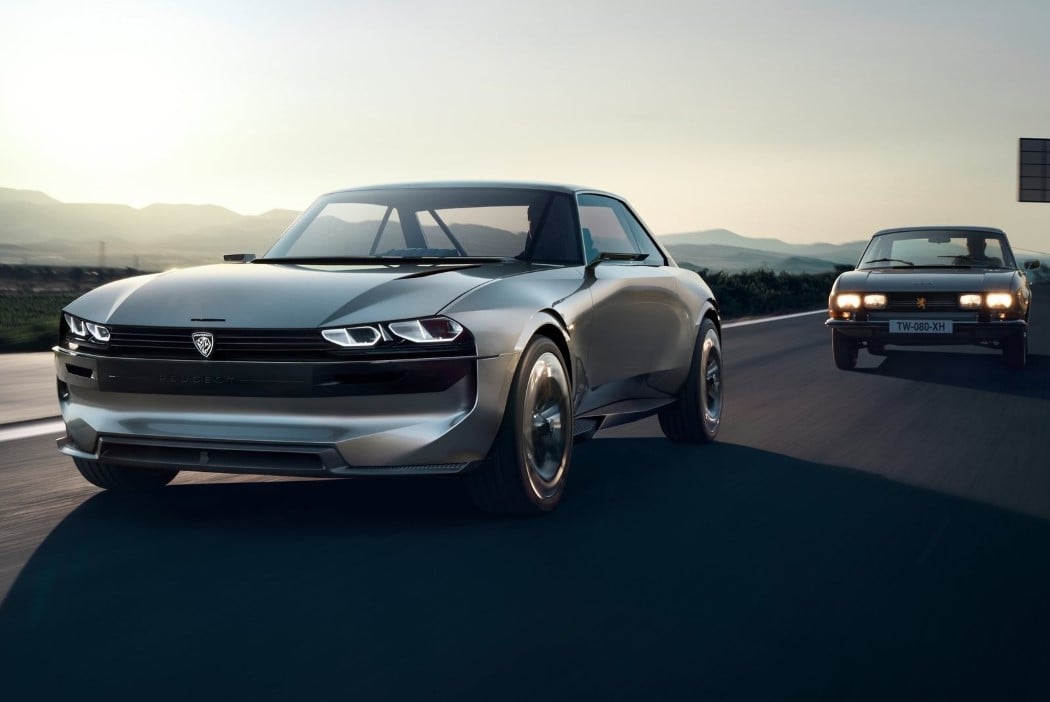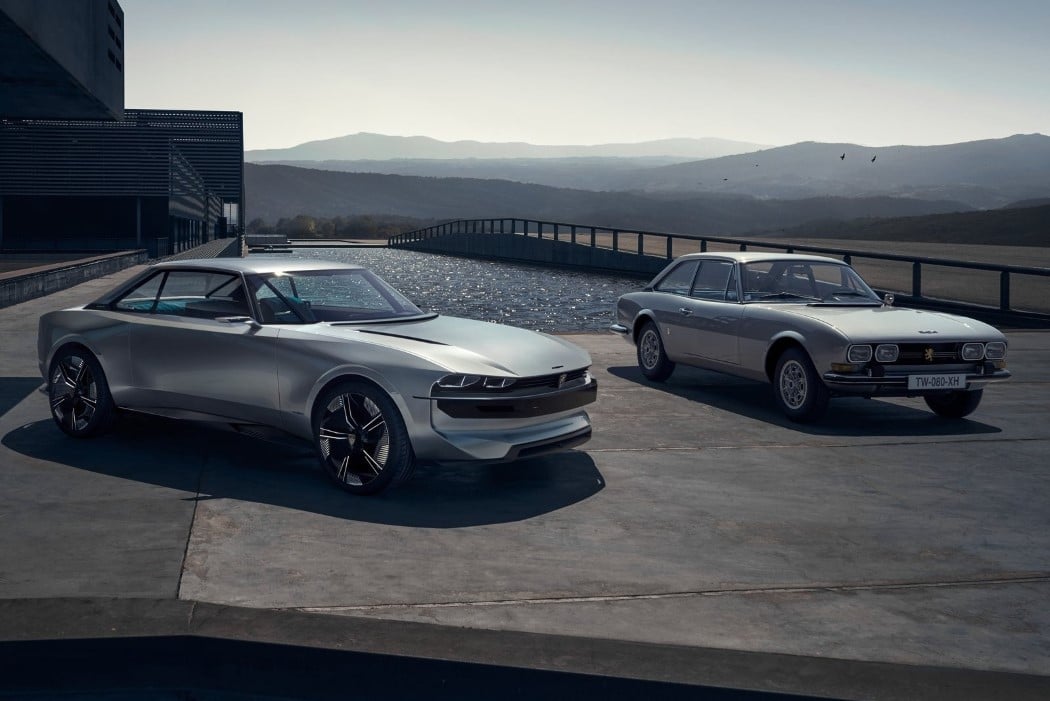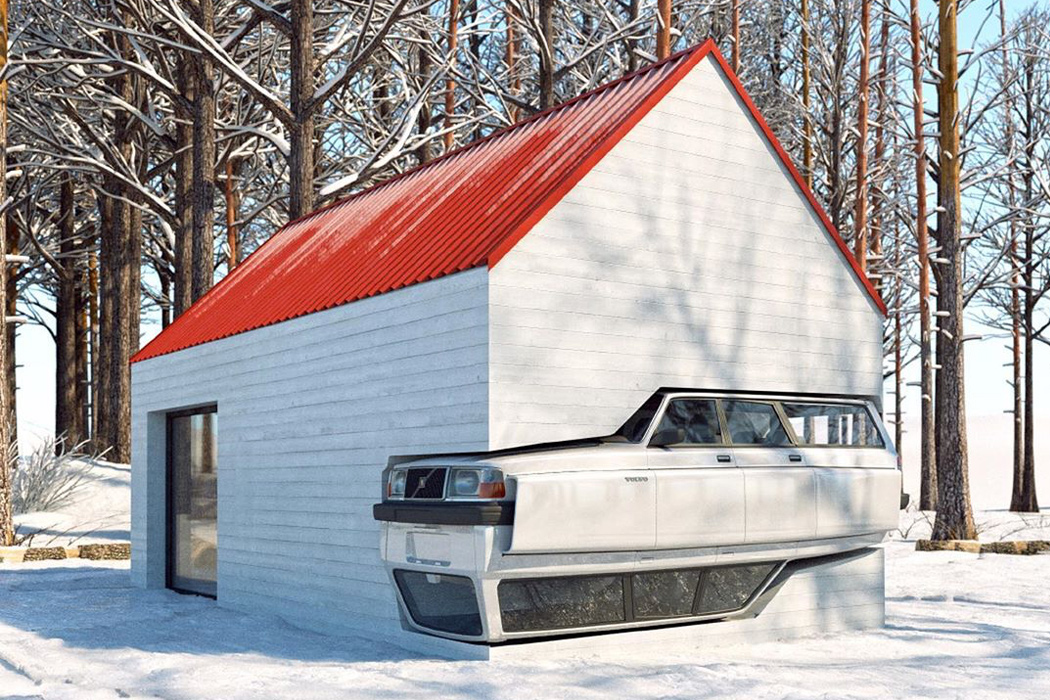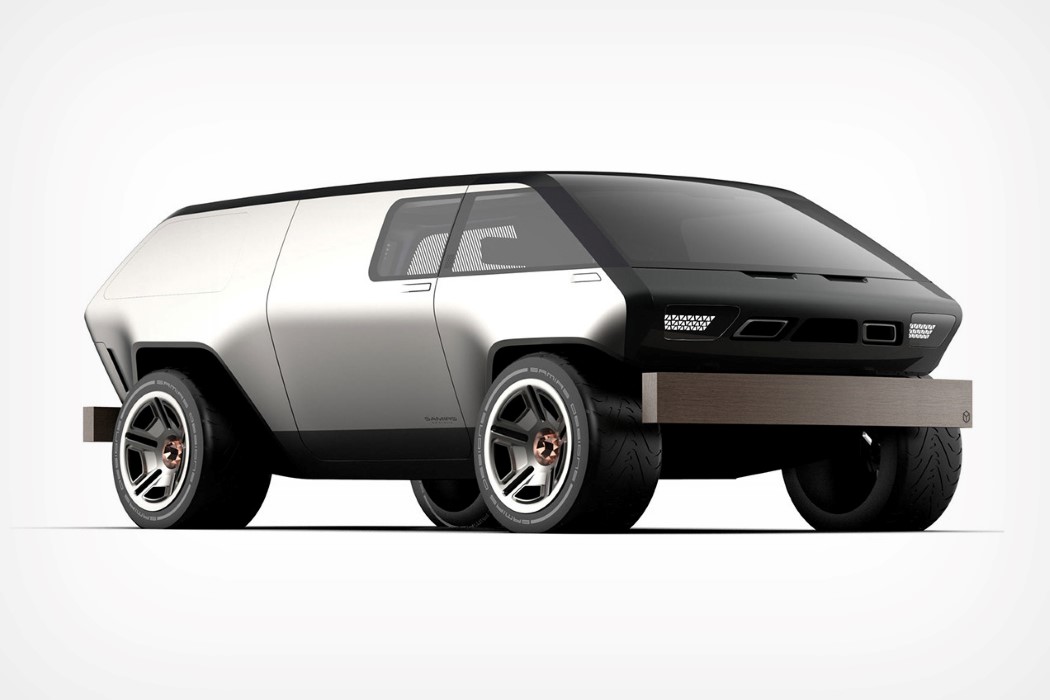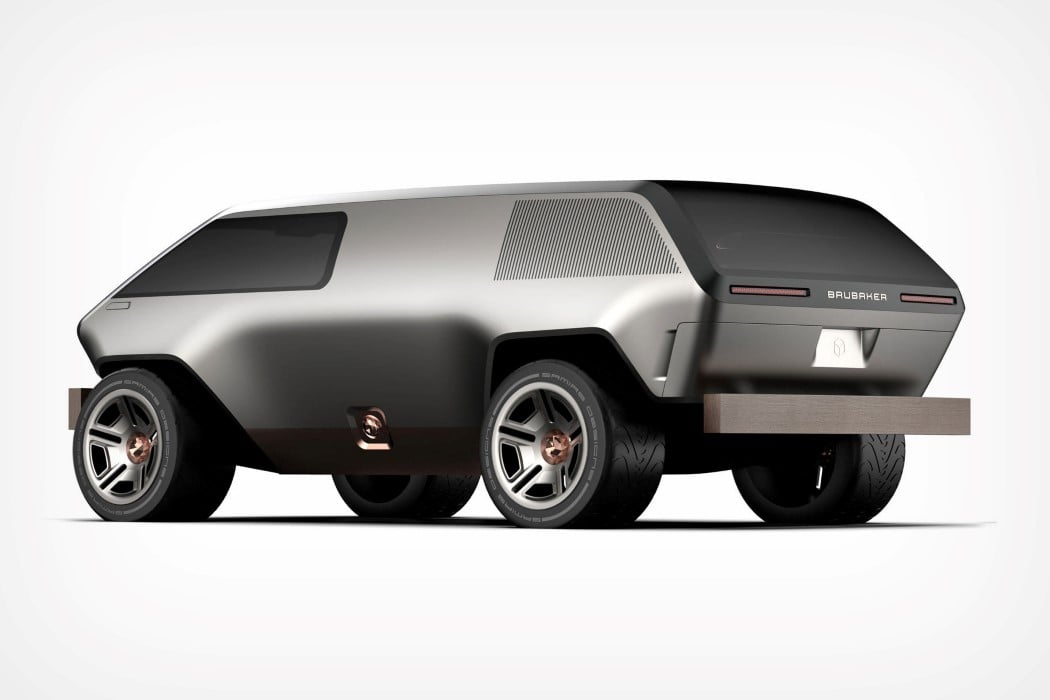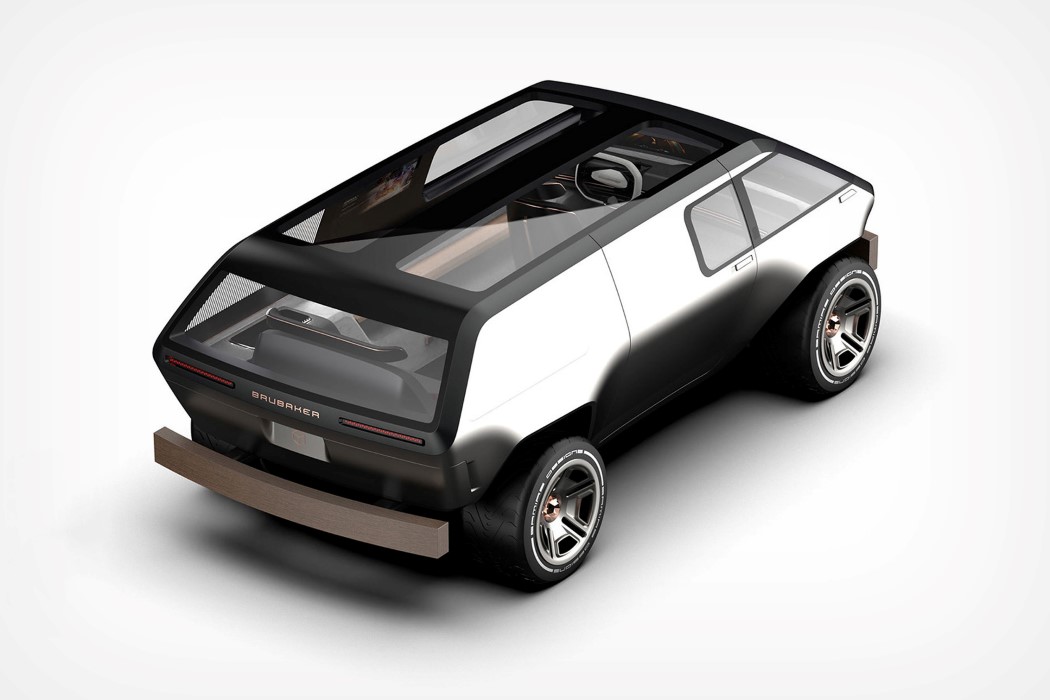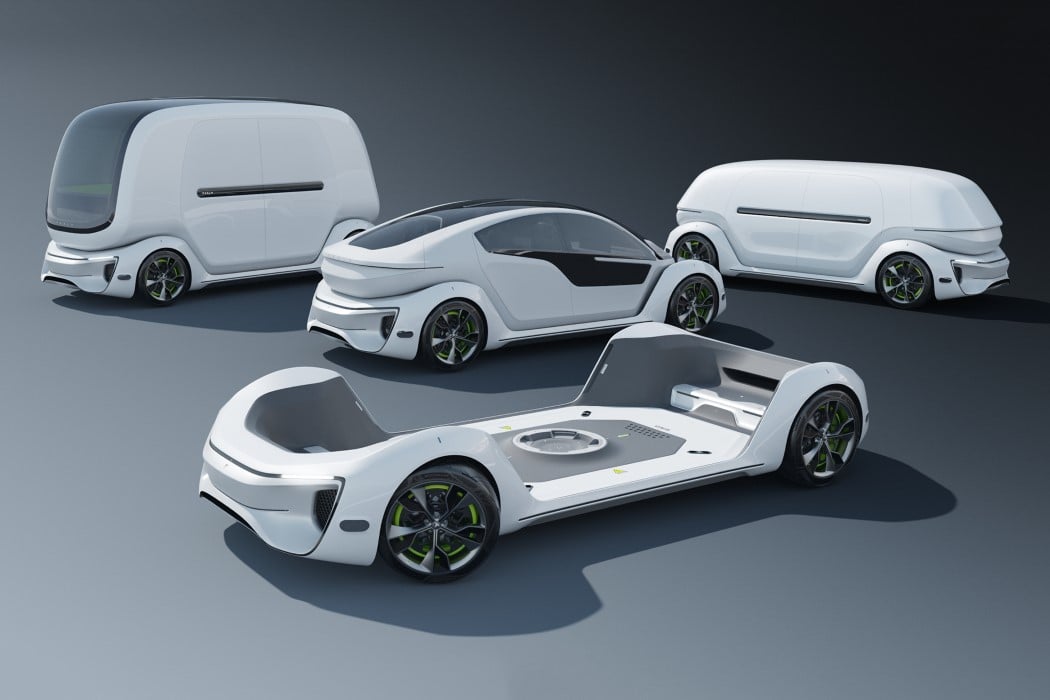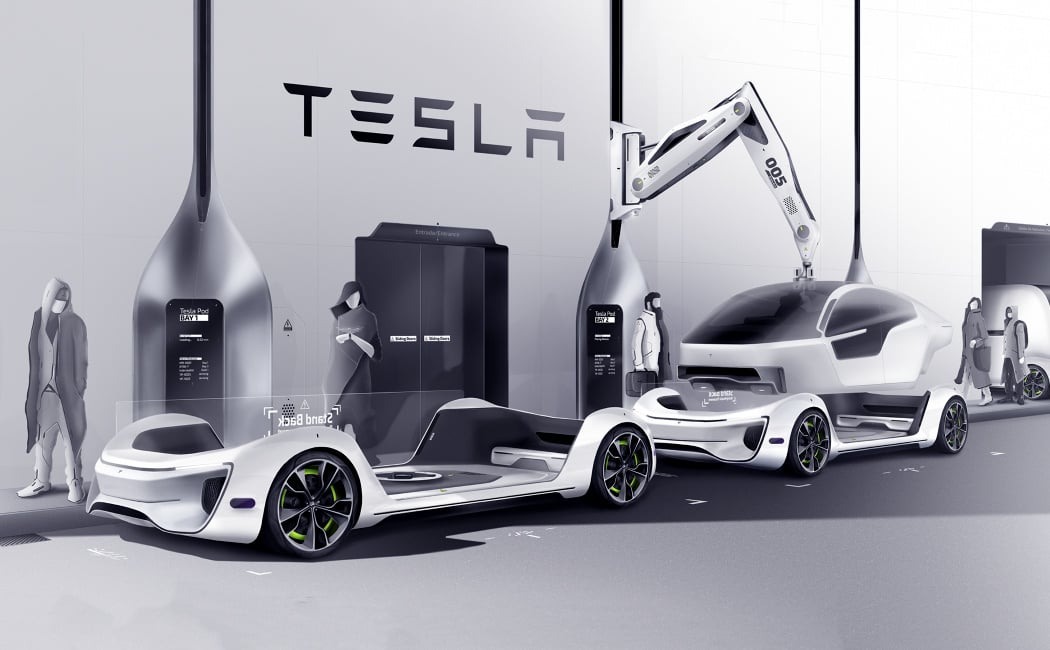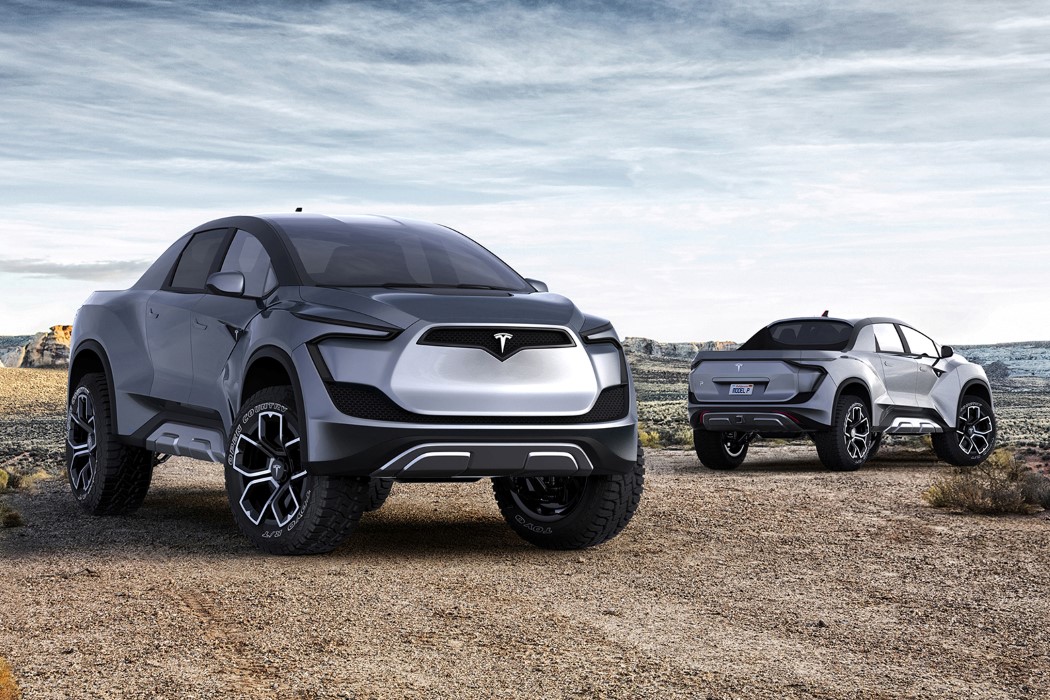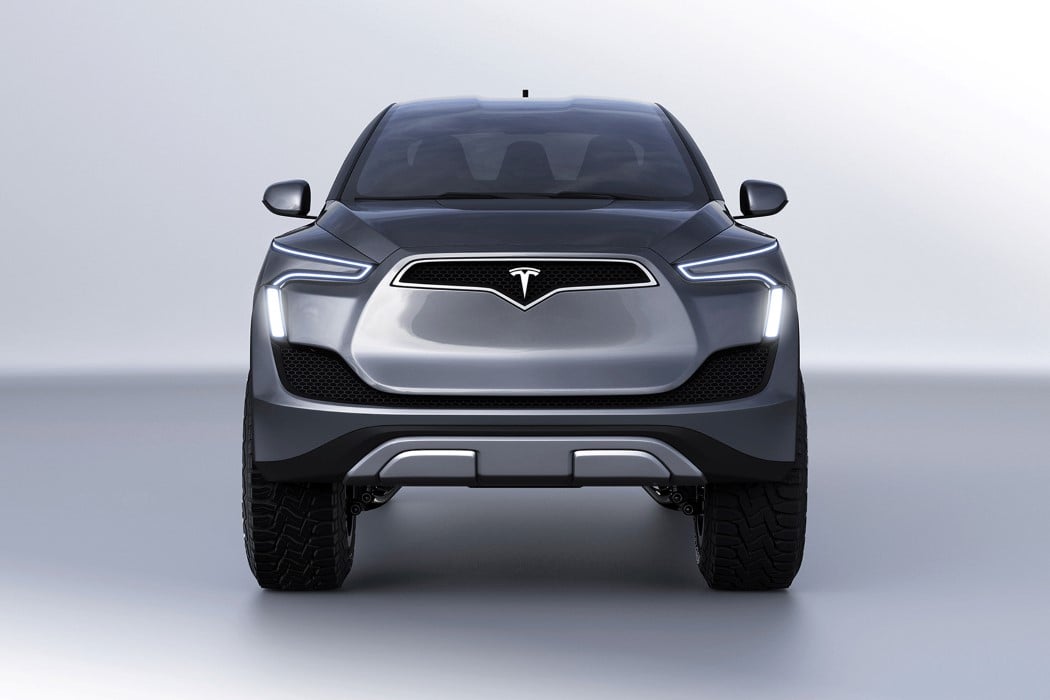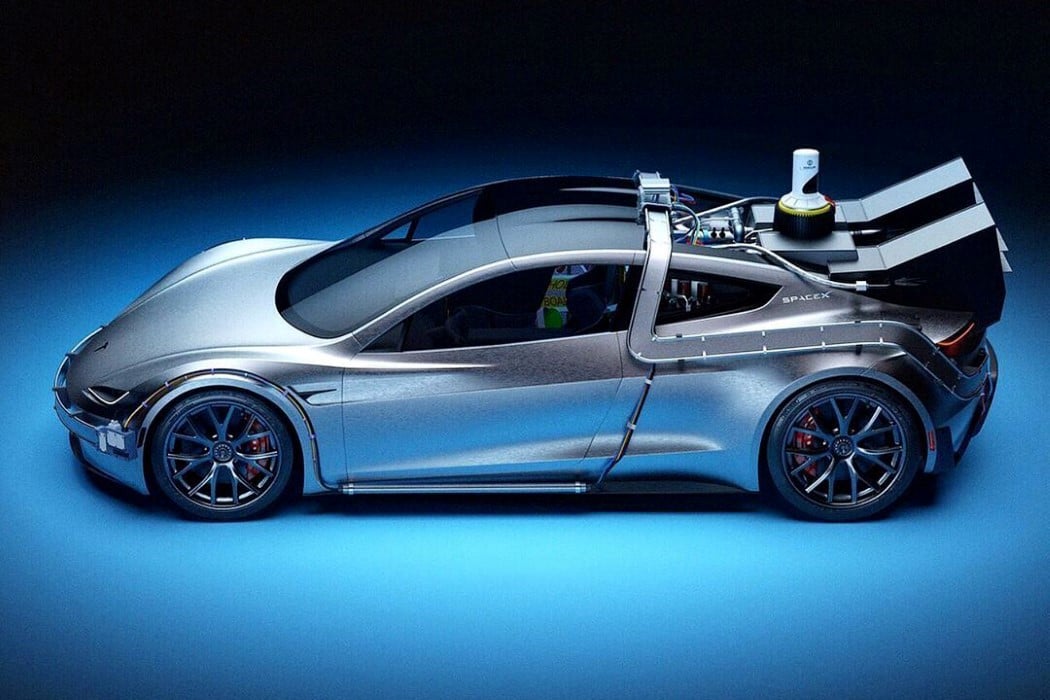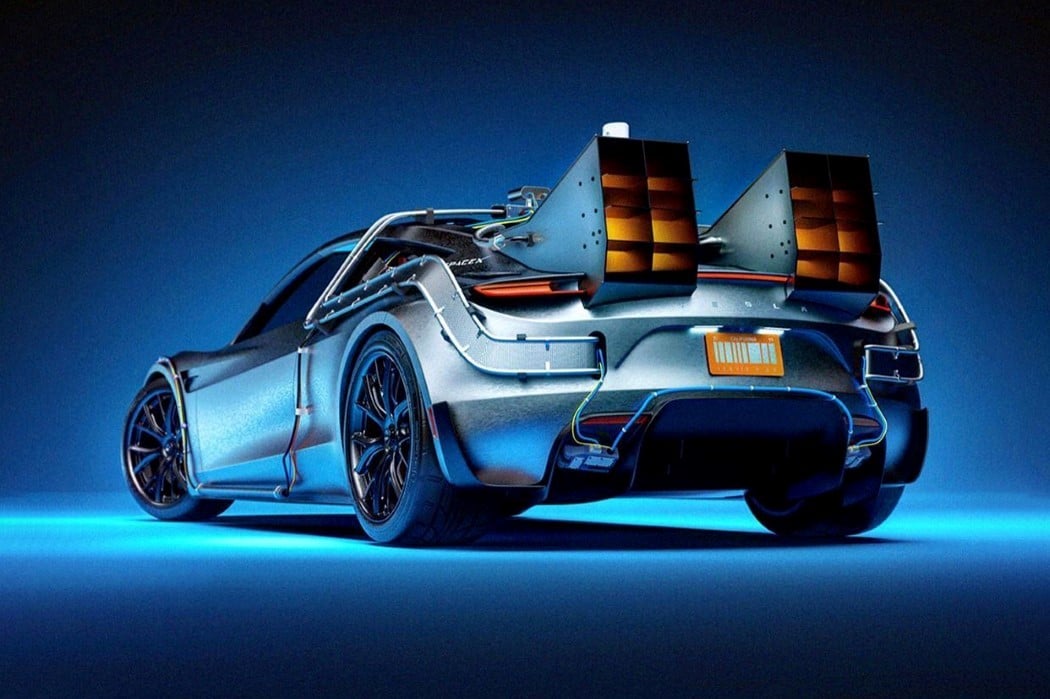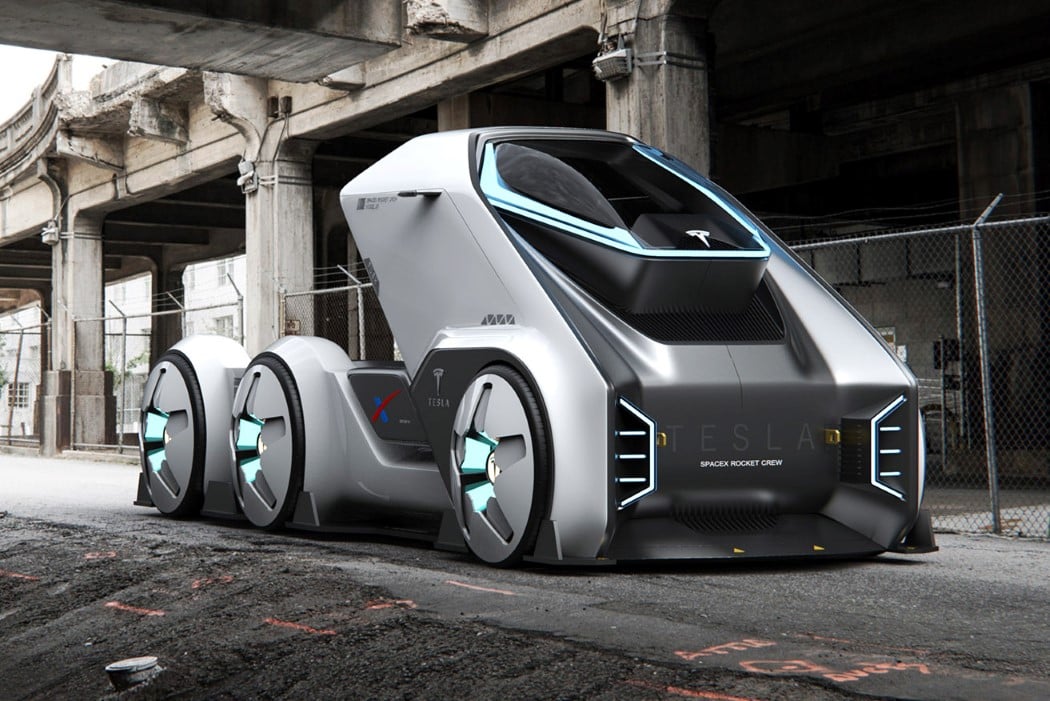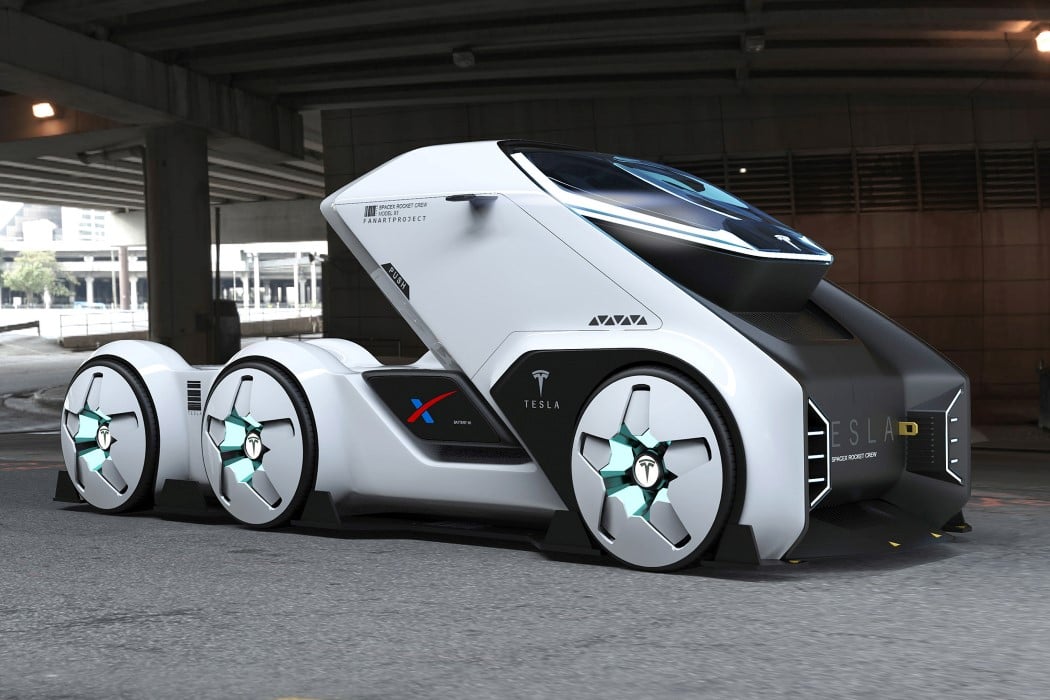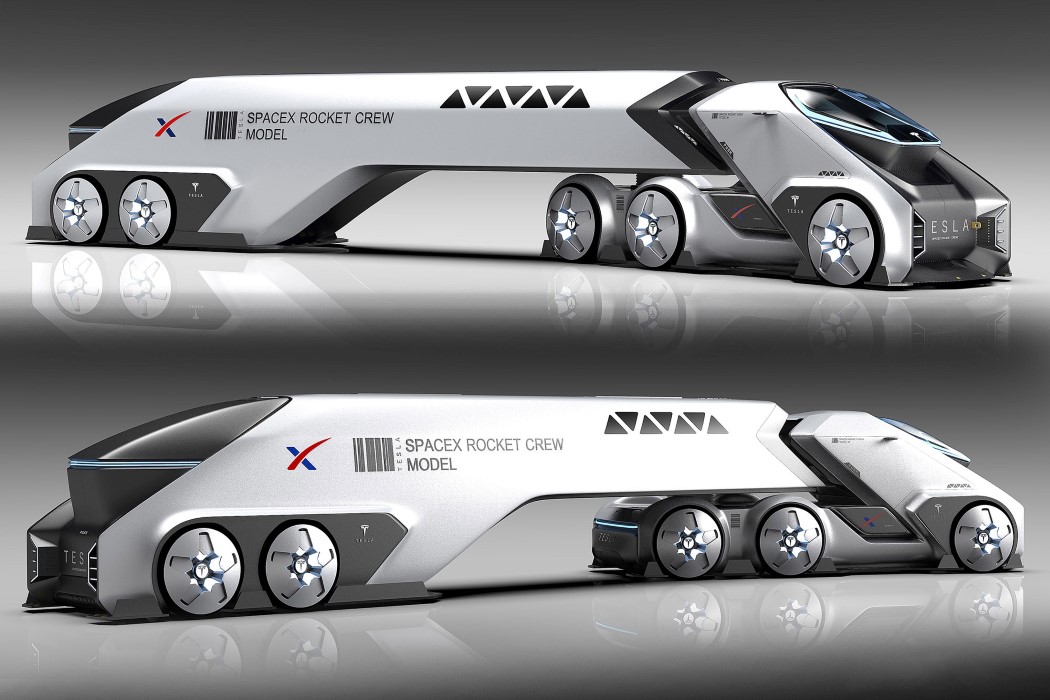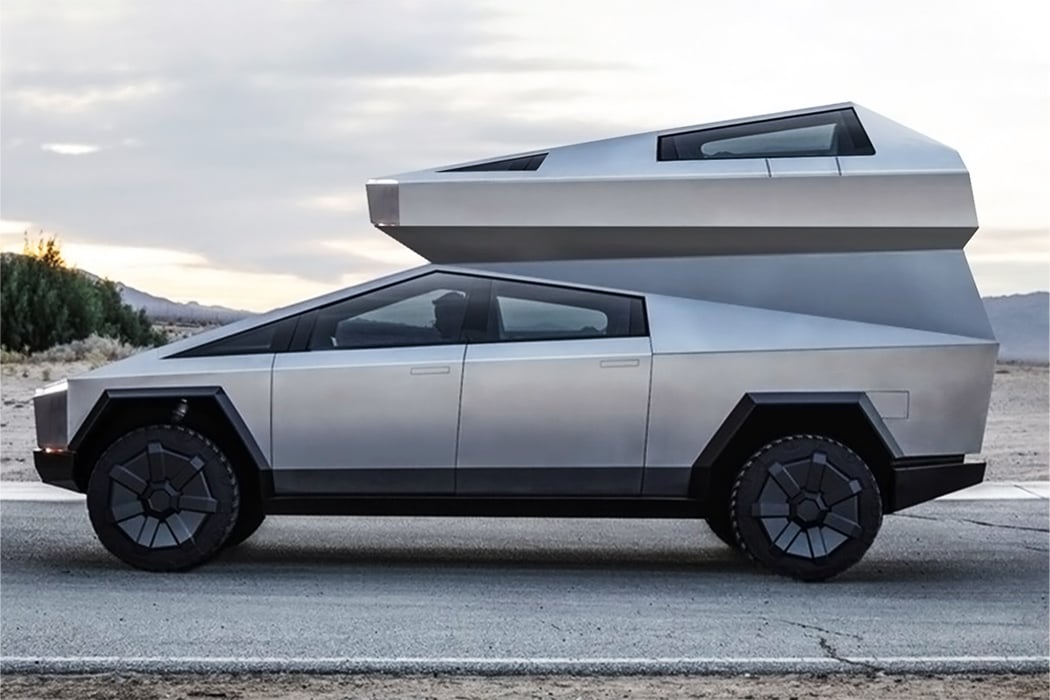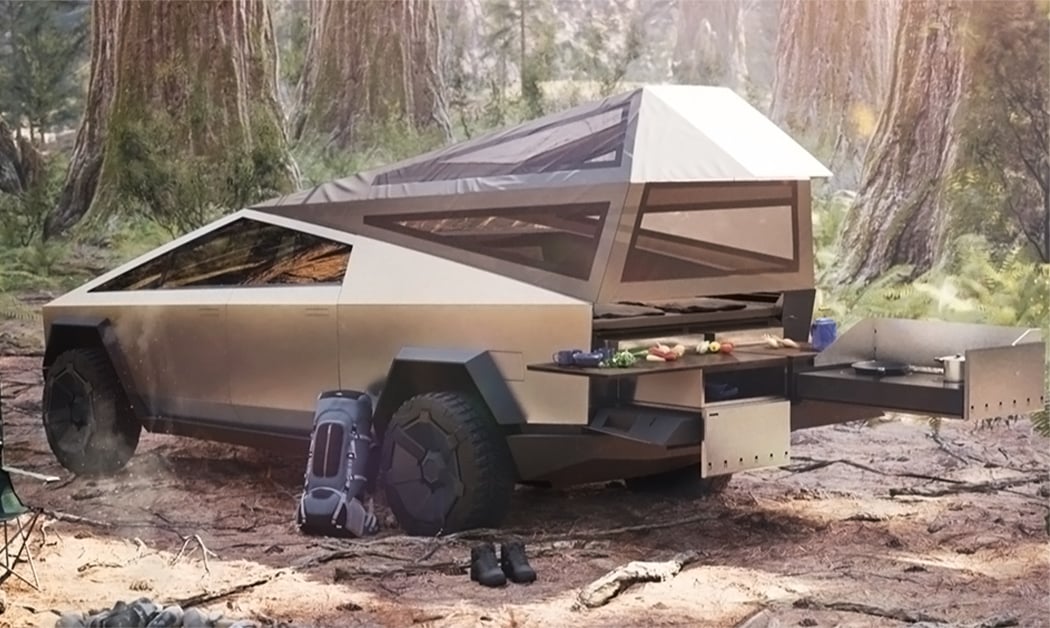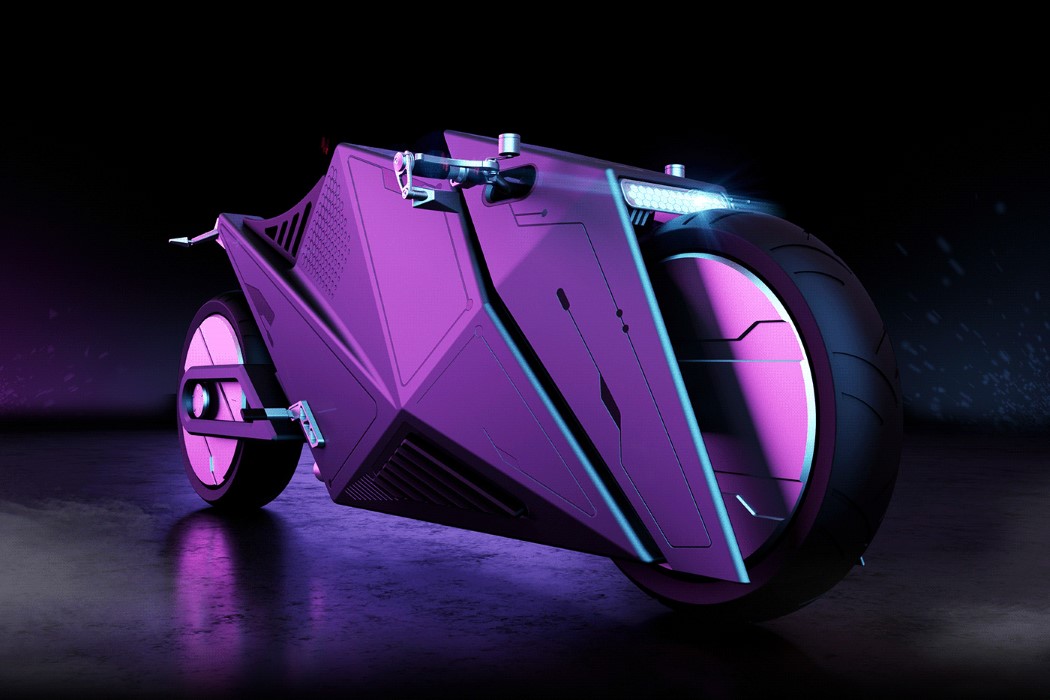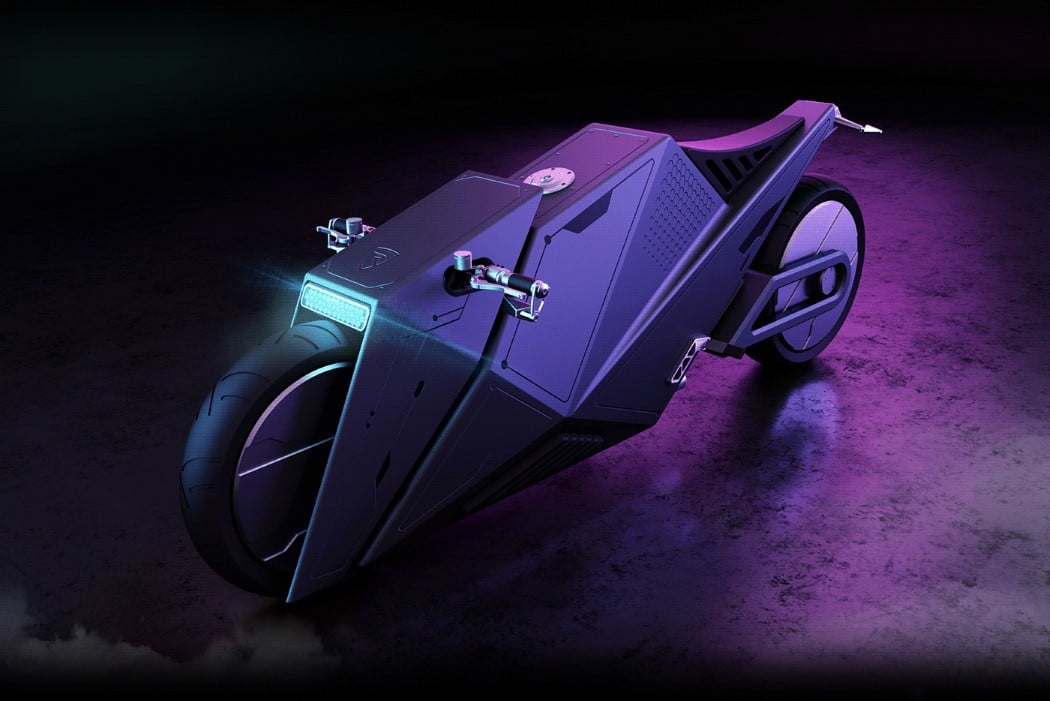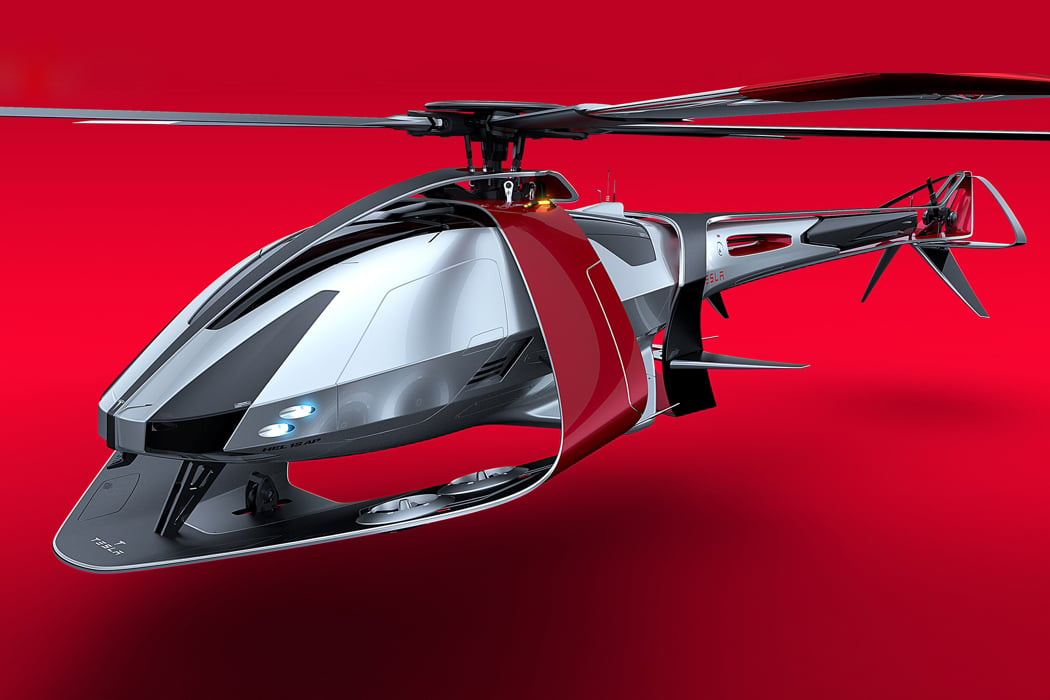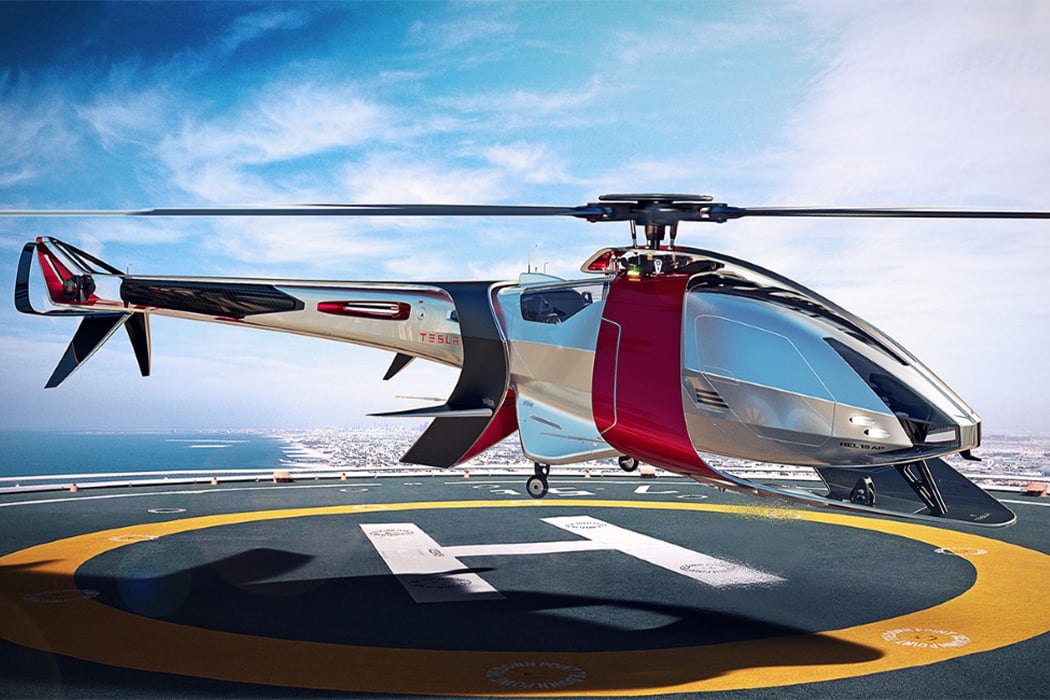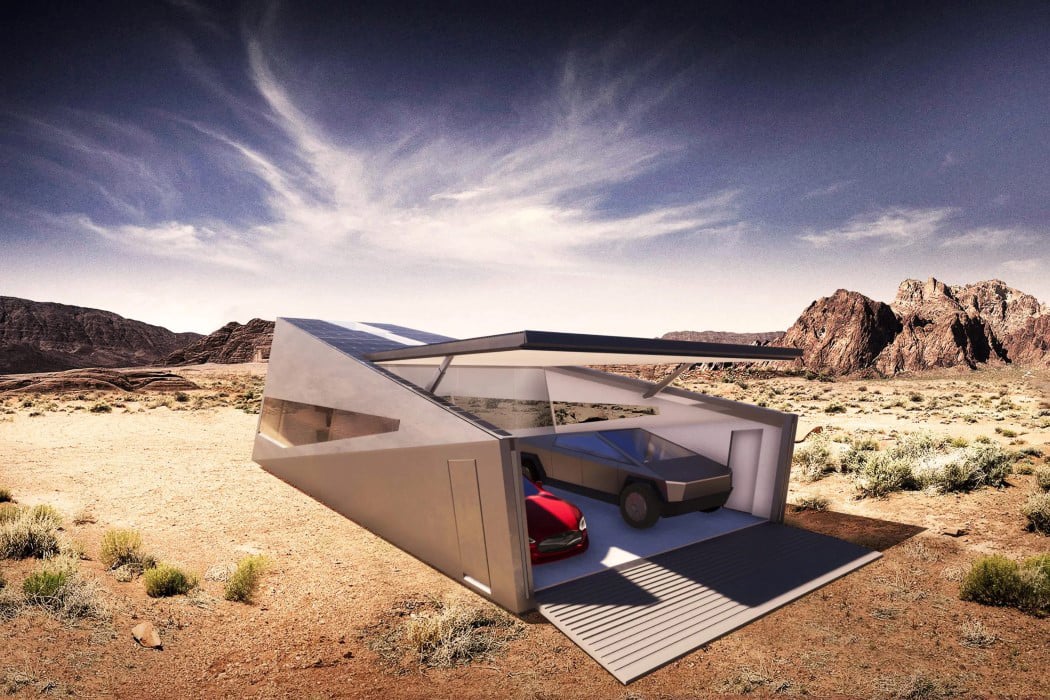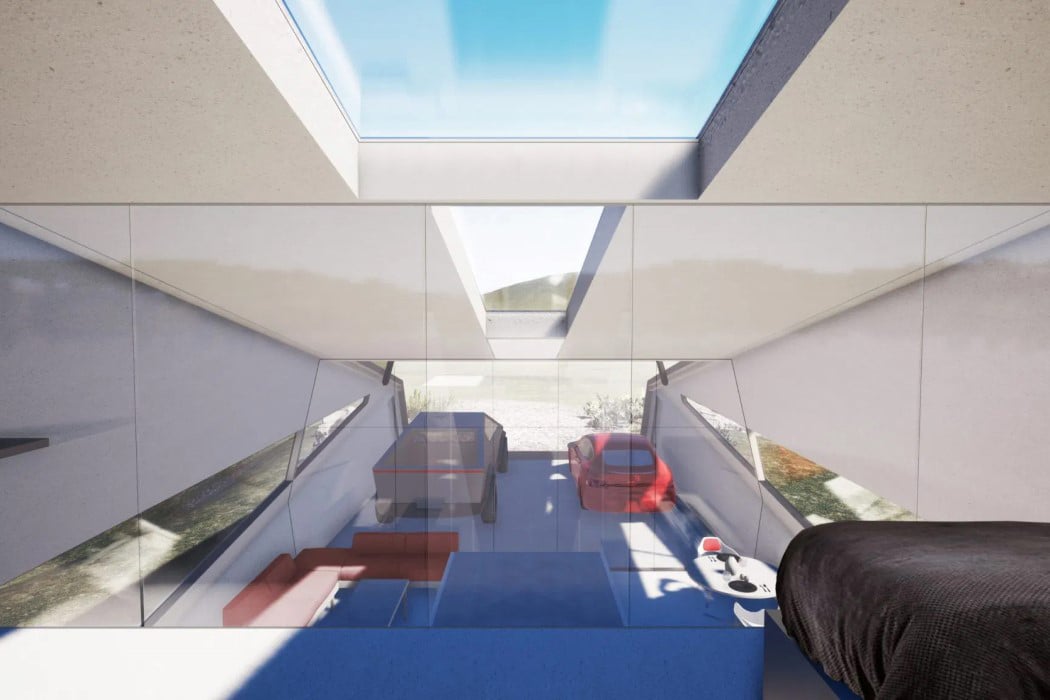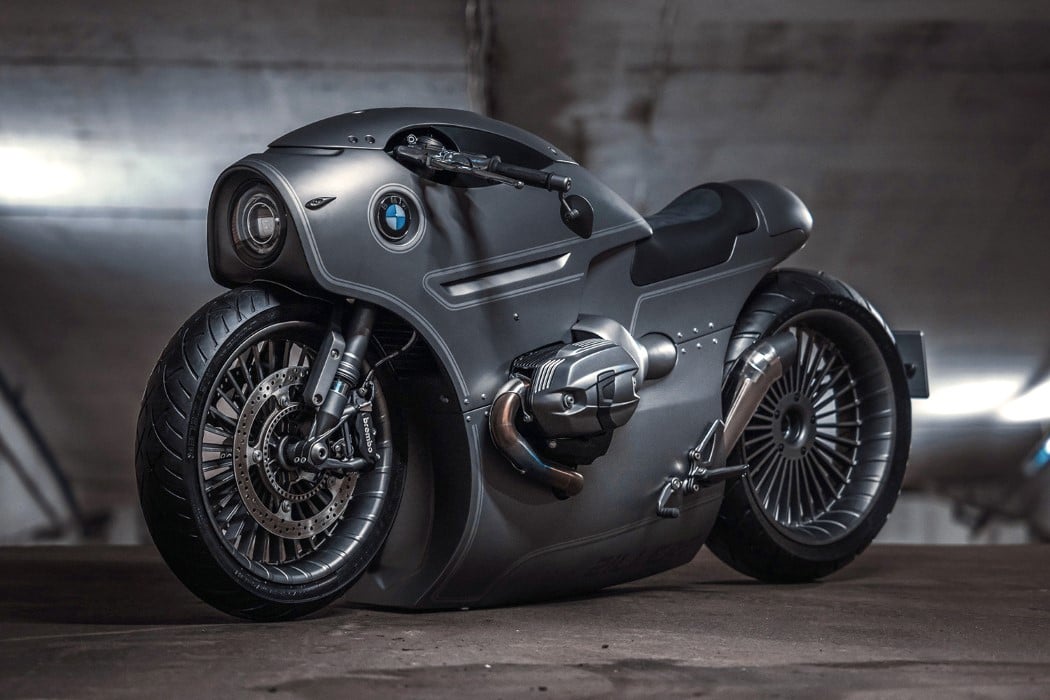
2020 has been a year no one is bound to forget anytime soon. And while we have seen plenty of hardships this year, this year has also been one where we have seen humanity reveal their myriad shades – from healthcare workers who risk their lives to treat you, designers who have risen splendidly to solve the COVID-19 crisis to the average joe who is doing his bit by staying at home – we look up to all of you who have played their part in this year. While we are down to the final 8 days of this year, Yanko Design is here to brighten your spirits by showcasing the best of the designs we featured this year – the bike designs that we curated and you love. Take a walk through memory lane and save this post – this list is sure to keep you inspired for a long time!
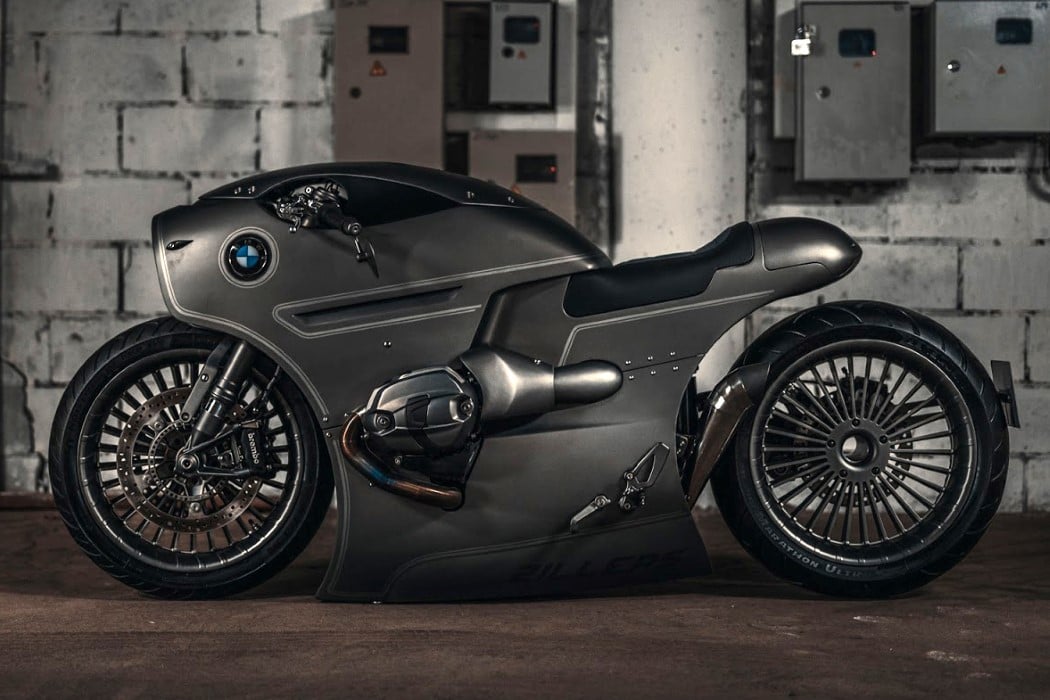
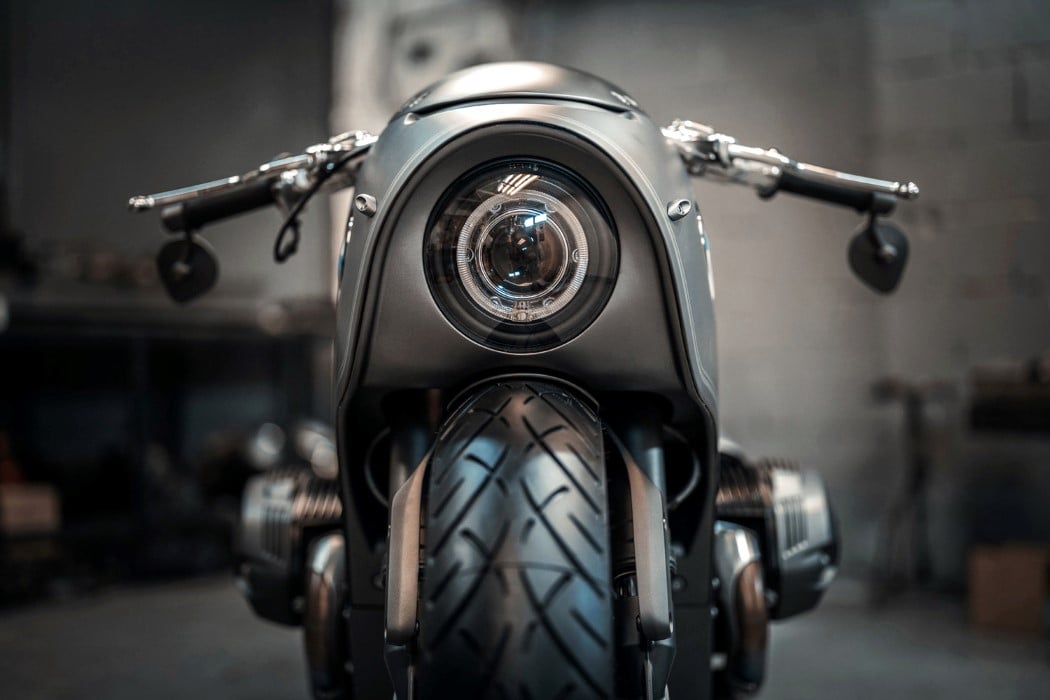
Meet the BMW R9T, a one-off customized version of BMW’s new R18 cruiser, by the guys at Moscow-based Zillers Garage. It retains the R18’s internal build but comes with a redesigned outer body, made entirely from fabricated aluminum parts. The bike comes with a relatively closed design that integrates all its elements, from the headlight, all the way till the tail-light into a single unified mass with a naked metal finish that gives it its raw, post-apocalyptic appeal. It comes with a menacing HID lamp at the front, and a taillight mounted on a sliding rear that you can open to access the bike’s electricals.
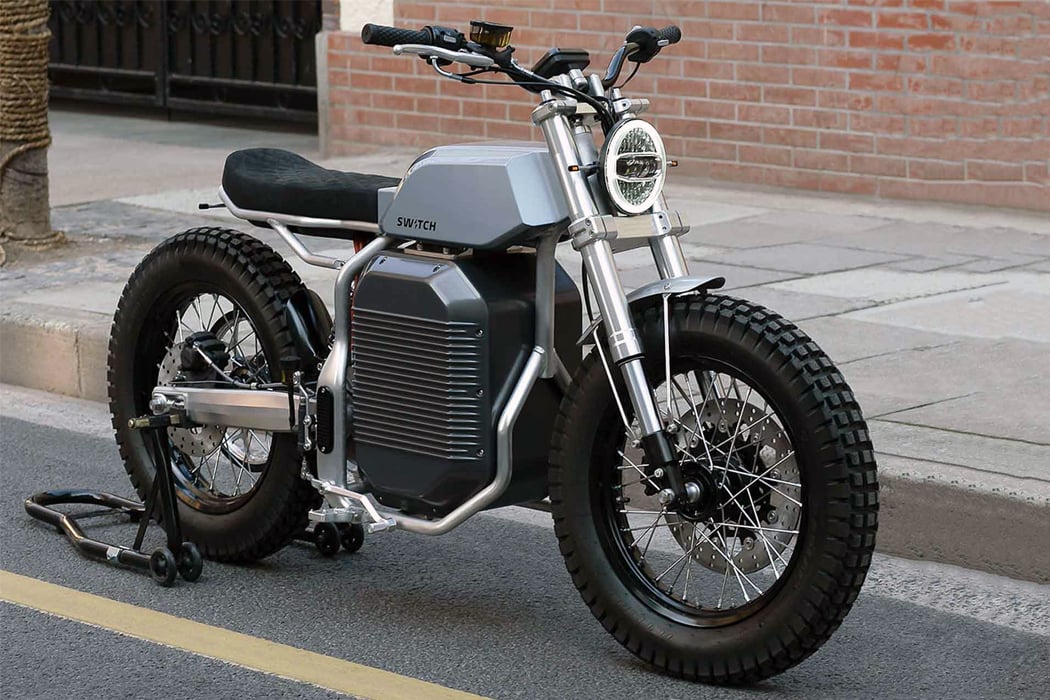

Switch Motorcycles is a new electric bike company and they have just unveiled the eScrambler which is their very first product and we have to say, it’s quite impressive! To share some context, we expect nothing short of this from custom motorcycle veteran Matthew Waddick who teamed up with designer Michel Riis (former Yamaha Japan Advanced Labs Industrial Designer and past Danish Flat Track champion!) The first thing you’ll notice is that it has a sturdy, angular build, almost like the flat trackers and classic bikes of the ’70s or even the Tesla Cybertruck, making it stand apart from the usual slimmer electric bikes. To complete its big-guy aesthetic, it has 18-inch wheels wrapped in chunky tires, KTM forks, and a central mono-shock. Being a vehicle in 2020, it has all the tech you’d want in a bike – a digital display, cruise control, a battery level indicator, integrated GPS tracking, three power modes, and in-built Wi-Fi which truly sets it apart.
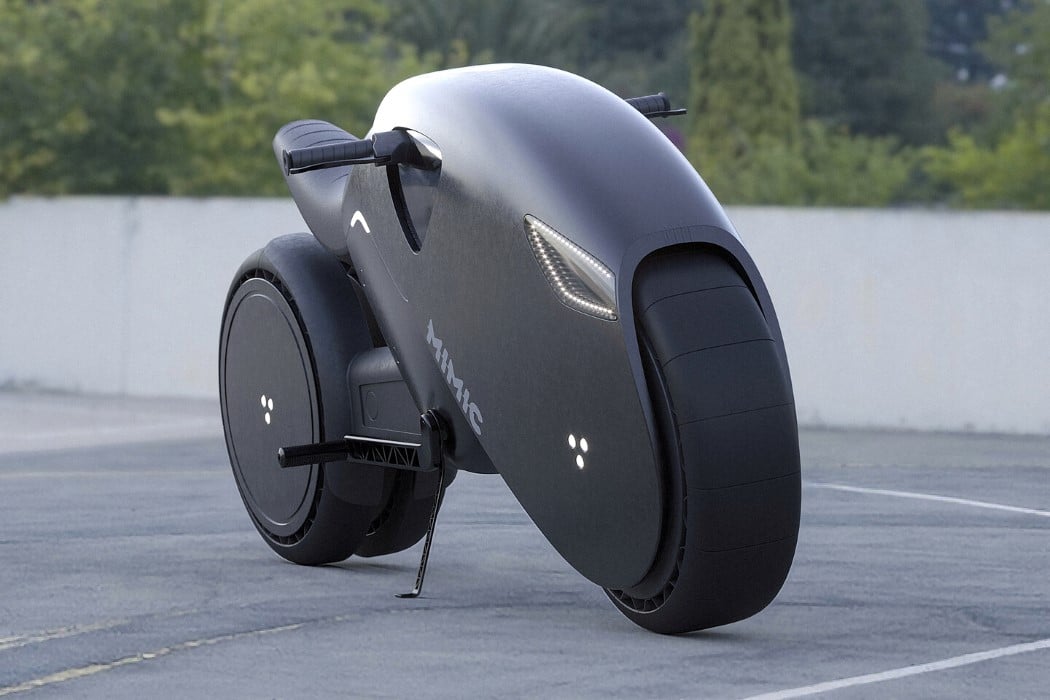
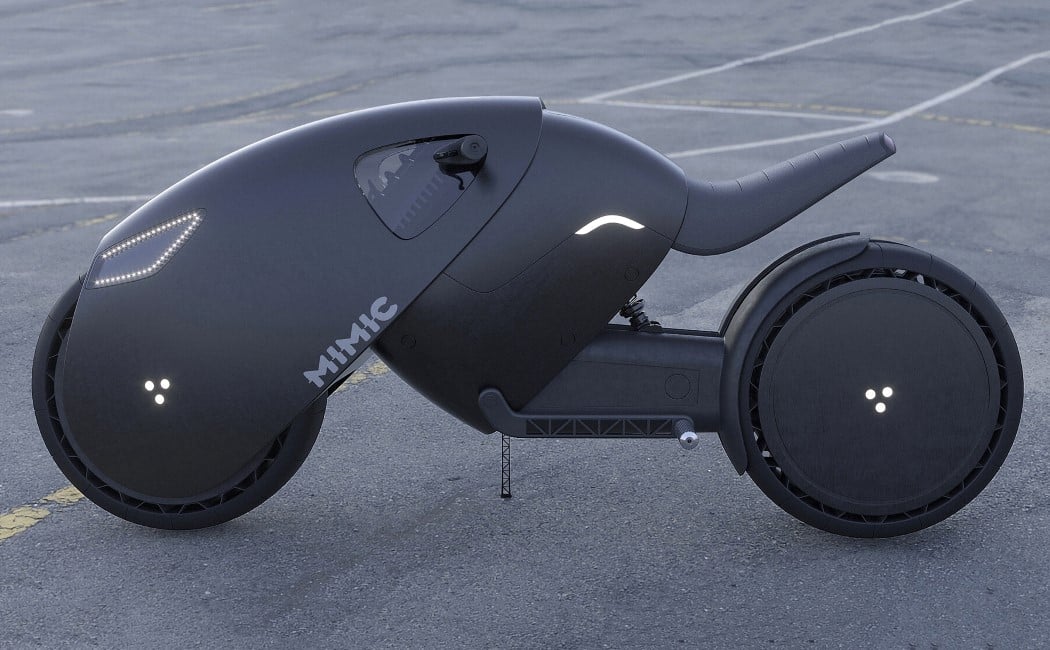
If it were up to King T’Challa, the MIMIC e-bike would be fitted with vibranium tech, but we’re going to stick to an electric power-train for now. This crouching-jungle-cat of a bike is a concept designed by Roman Dolzhenko. Outfitted with what looks less like a body and more like armor, the MIMIC e-bike comes with a rounded, Tron Light Cycle-inspired form with rounded elements and just an overall absence of straight lines or sharp edges.
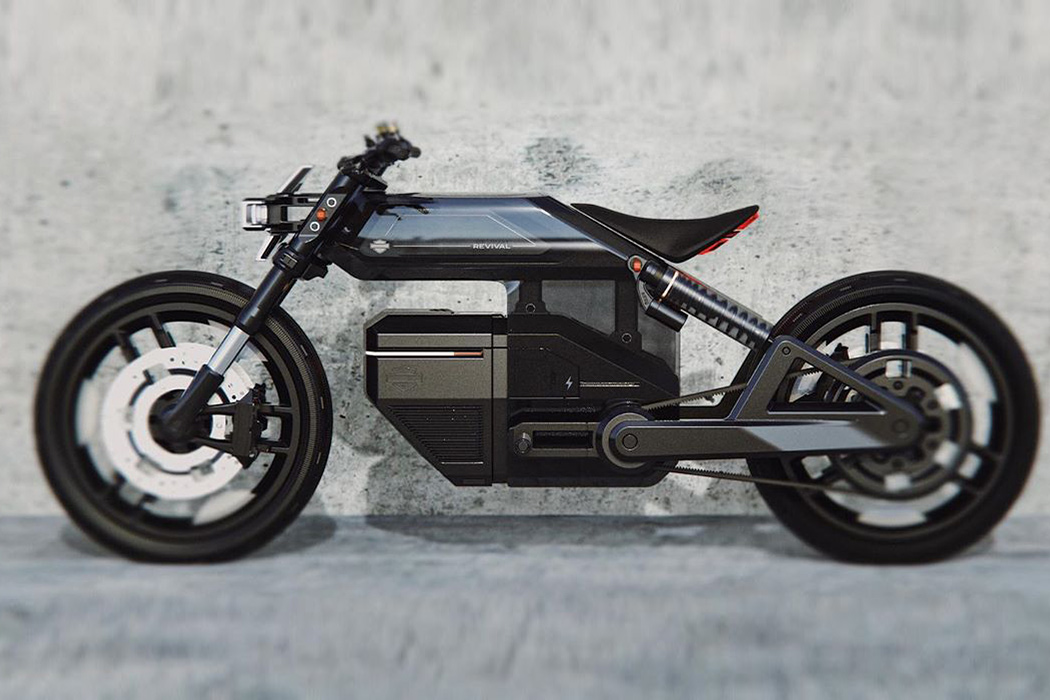
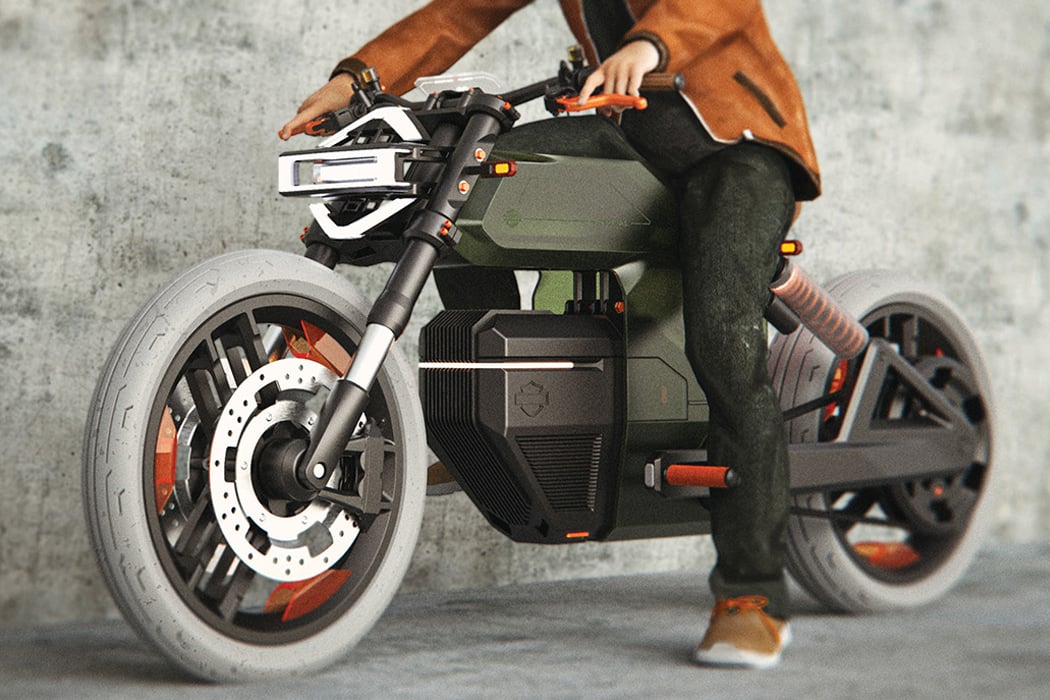
Designer Tanner Van De Veer in collaboration with DAAPworks has proposed a mid-weight Harley Davidson electric motorcycle, destined to revive the brand. The project goal is to bring a motorcycle to the streets which preserves the historical essence of the Harley design language while infusing contemporary trends. He calls it the “Harley Davidson Revival” and lends the bike an eco-conscious touch with the swappable electric battery pack. The electric powertrain of Revival will embody lightweight aesthetics, and yes, it will come sans any clutch or gears. Revival borrows its basic body structure design from the early designs of the motorcycle which shaped its destiny in the early years of development.
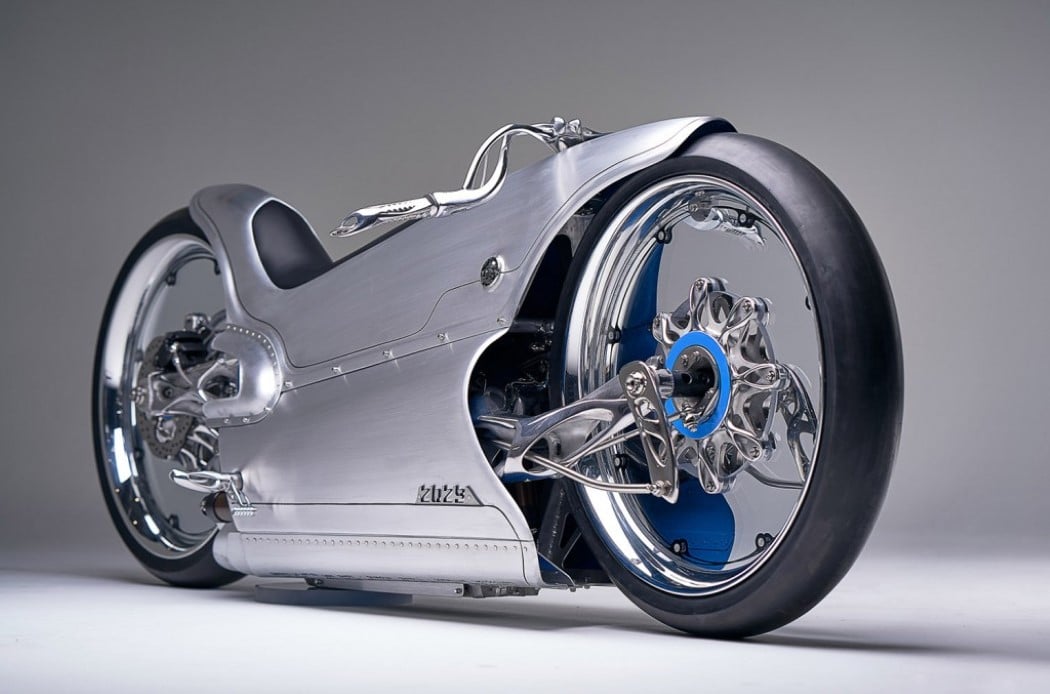
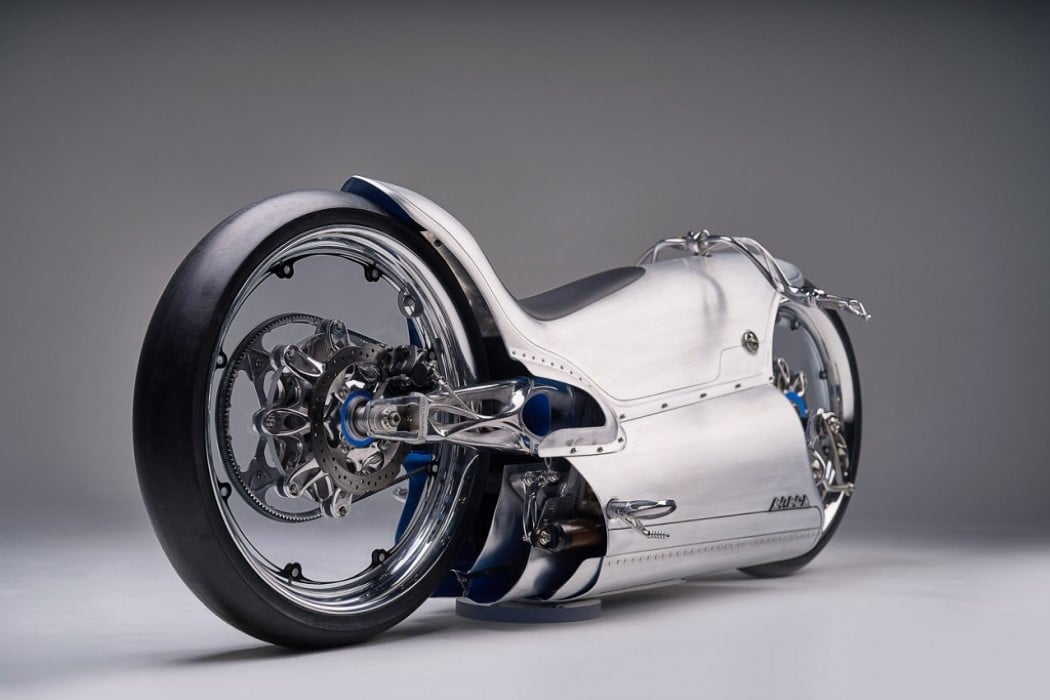
Created as a commissioned piece for the Haas Moto Museum and Sculpture Gallery, the bike incorporates design-trends and technologies that are indicative of the future of automotive design. The stunning 2029 comes with an electric drivetrain, fully enclosed aluminum body, hub-centric steering, transparent PolyCarbonate wheels, and 3D printed bike parts, furnished out of Titanium. If the bike looks like nothing you’ve ever seen before, that’s purely out of intention. Designer Bryan Fuller says, “There are few times in my career that we have built something so gratifying. The 2029 combines both my drive to innovate and my love of metal.”
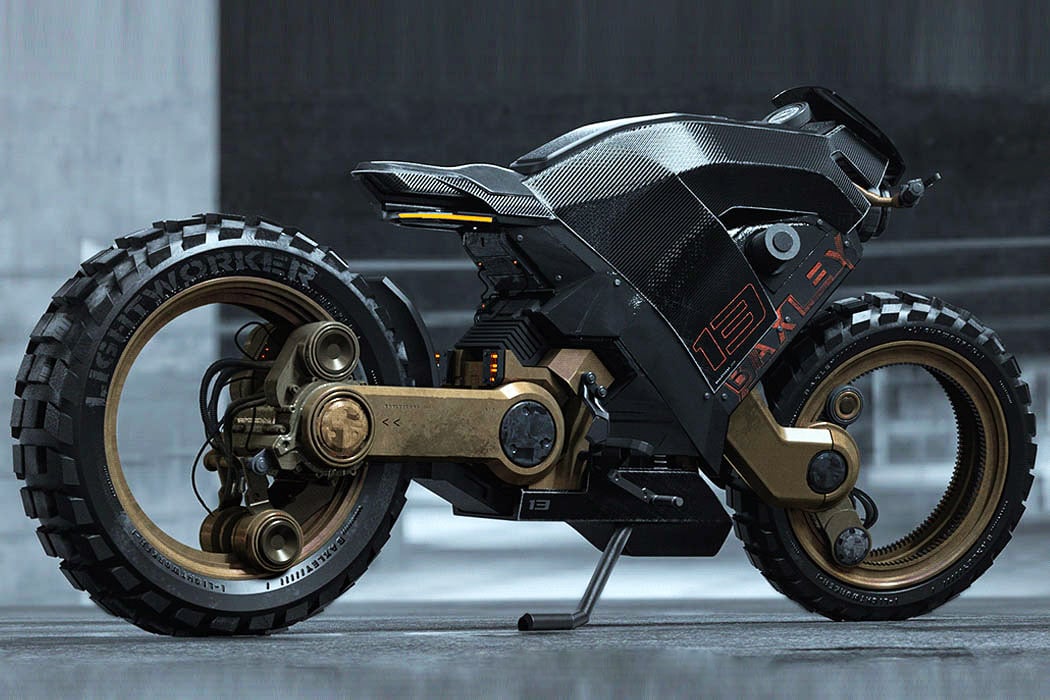
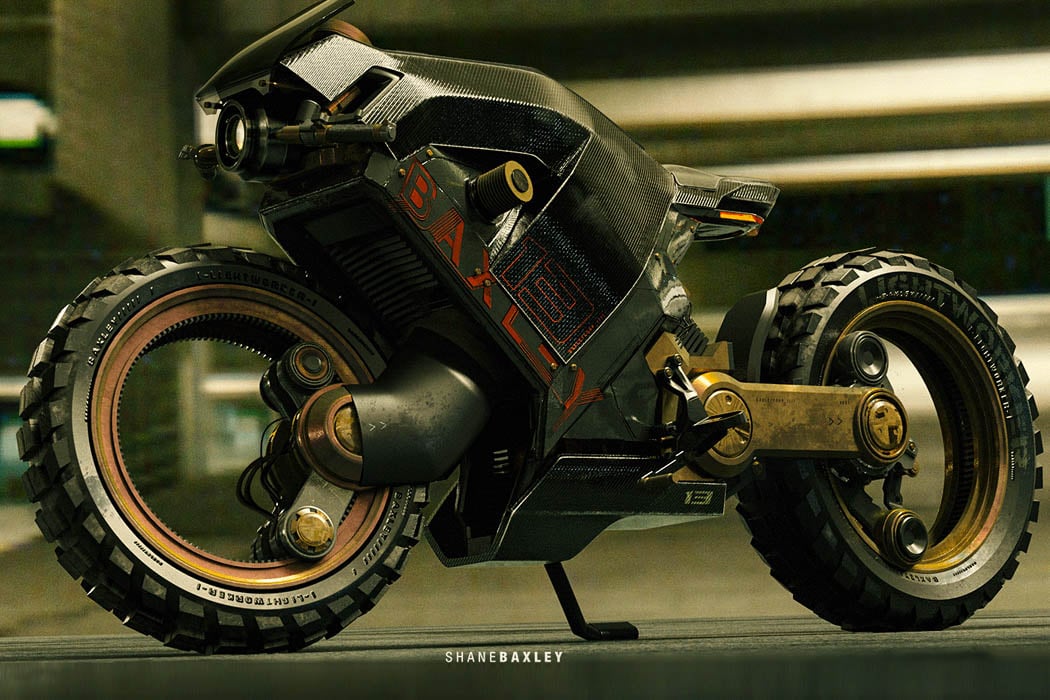
Designer Shane Baxley from Hollywood has a profound affinity for automotive designs and has mustered up yet another concept that shouts out loud for rightful attention. Shane foresees the future where hubless electric bikes will ride the tarmac, radiating a sense of authority on the road. His idea of this electric bike is known as the Baxley Moto (of course we get where the naming originates from) and it carries an ultra-futuristic street-legal vibe with the spokeless wheels. The hunched-forward riding position, big treaded tires, suspended tail section (sans any pillion seat), and the protruding sliders, all point towards a ride meant for daredevils who don’t mind the odd detour on the dirt trails.
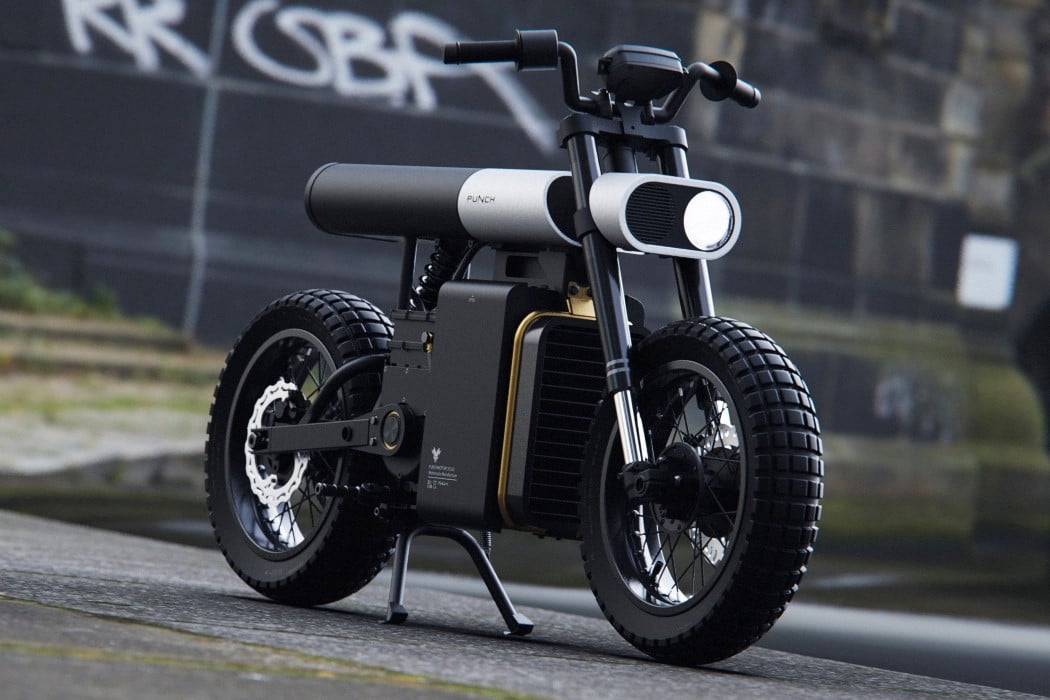
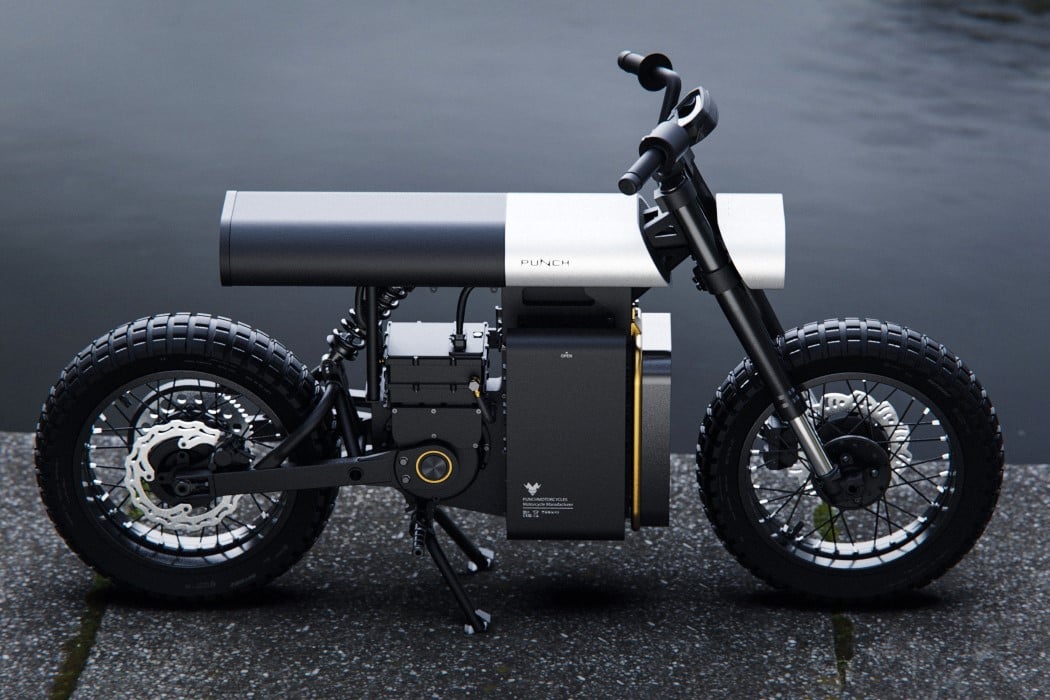
The PUNCH is an e-bike that reinterprets the motorcycle template with its less-organic-more-geometric sensibilities. Owing to its battery and electric drivetrain setup, the PUNCH can afford to do away with the curvilinear, sinewy bike design and just lay the inner components out in a way that’s straightforward and yet comfortable. This renewed approach is what makes the PUNCH such a radically different two wheeler. It comes with a double-cylindrical body that seamlessly goes from headlight to seat to taillight, highly reminiscent of the Pocket Rocket from Sol Motors.
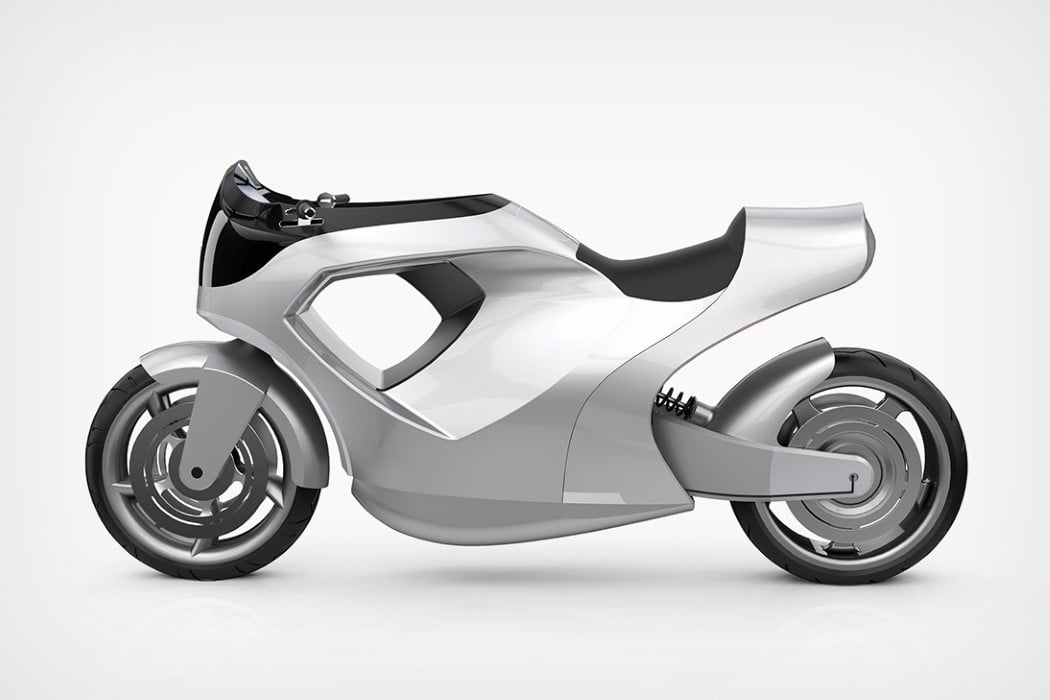
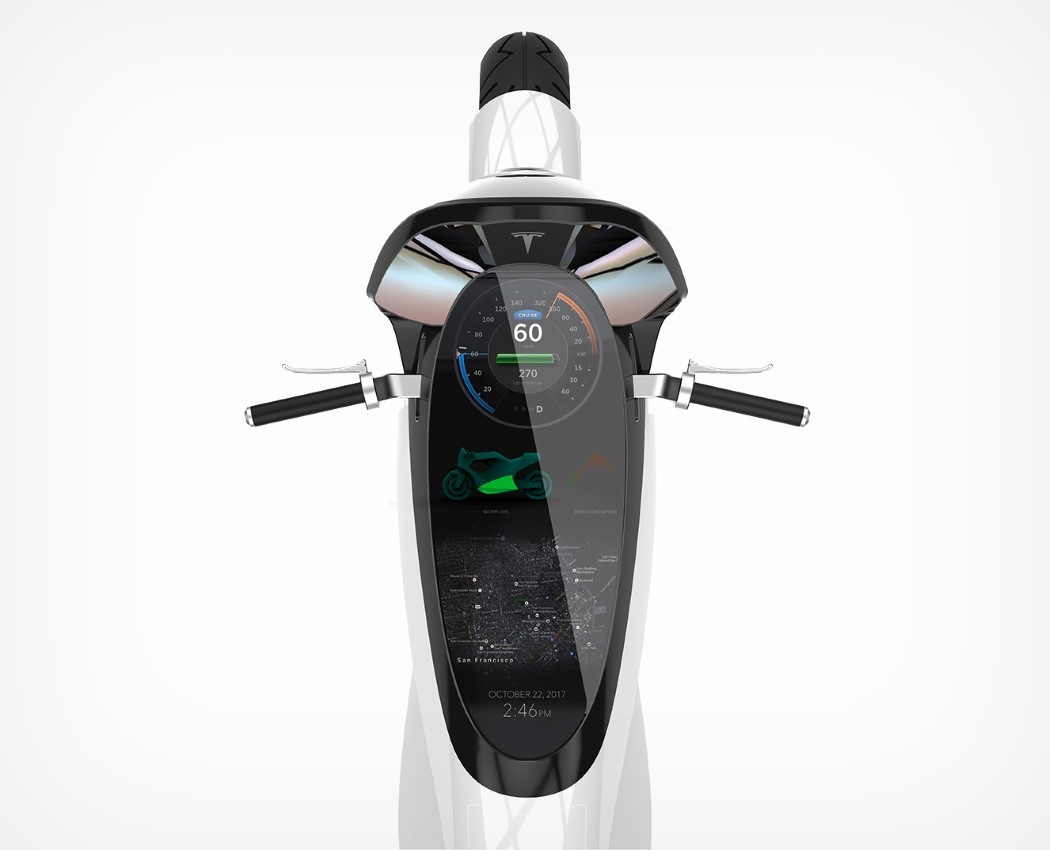
Tesla has dabbled in most sections of the four-wheeler industry, from sedans, to pickup trucks, roadsters, semi-trailer trucks, and even quad-bikes. There’s an obvious lack of two-wheelers in Tesla’s product portfolio, and James Gawley took it upon himself to fill that void, at least with a concept. Meet the Tesla Model M… designed to make electric bikes more of the status quo, the Model M comes with a unique aesthetic that deliberately chooses to create a negative space in its design where the fuel-tank would be, almost poking fun at its fuel-guzzling ancestors.
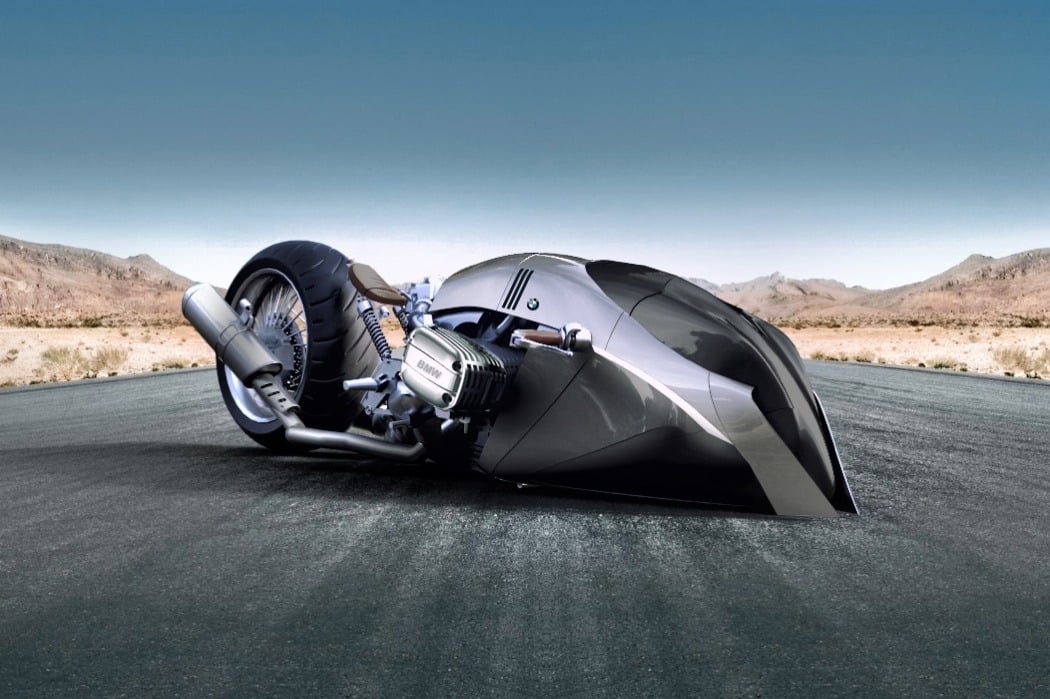
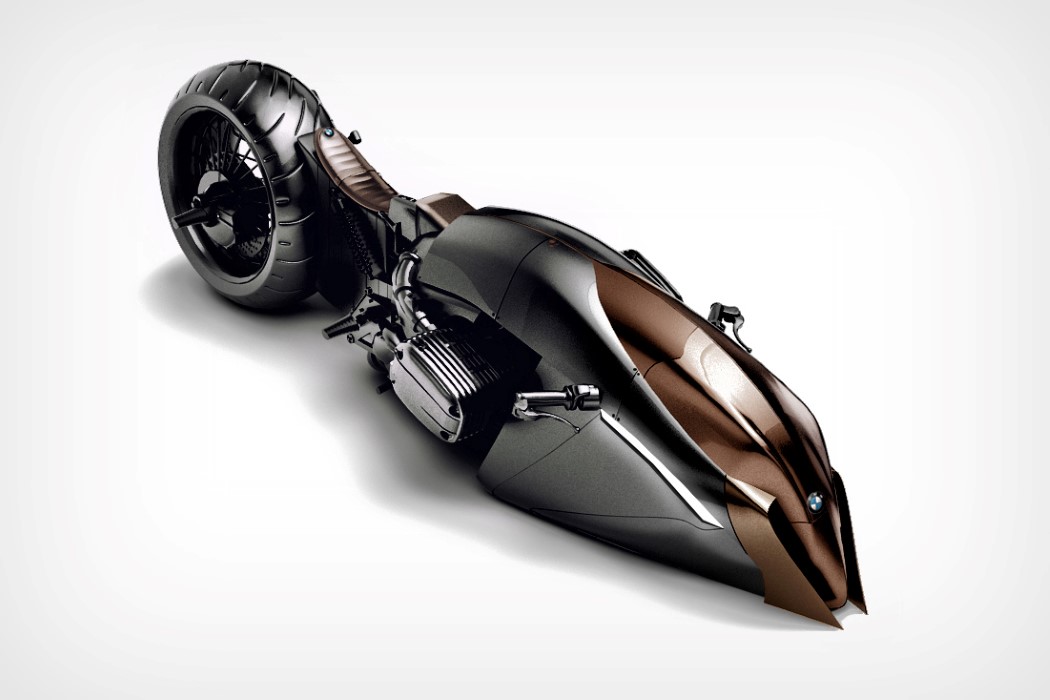
Mehmet Doruk Erdem’s “Khan” is an eclectic mix of unbelievable, dangerous, and beautiful. Erdem’s “Khan” concept takes a BMW R 1100 R twin-cylinder boxer engine and giving them an absolutely new lease of life, with a front-heavy wasp-inspired exterior and an almost naked frame at the rear, much like Erdem’s Alpha concept, and dominated by an extremely large rear wheel, and a seat in the middle, resting on a twin-suspension. There isn’t much method to Erdem’s madness, or maybe I don’t spot it, but the Khan is surely a beautiful beast.
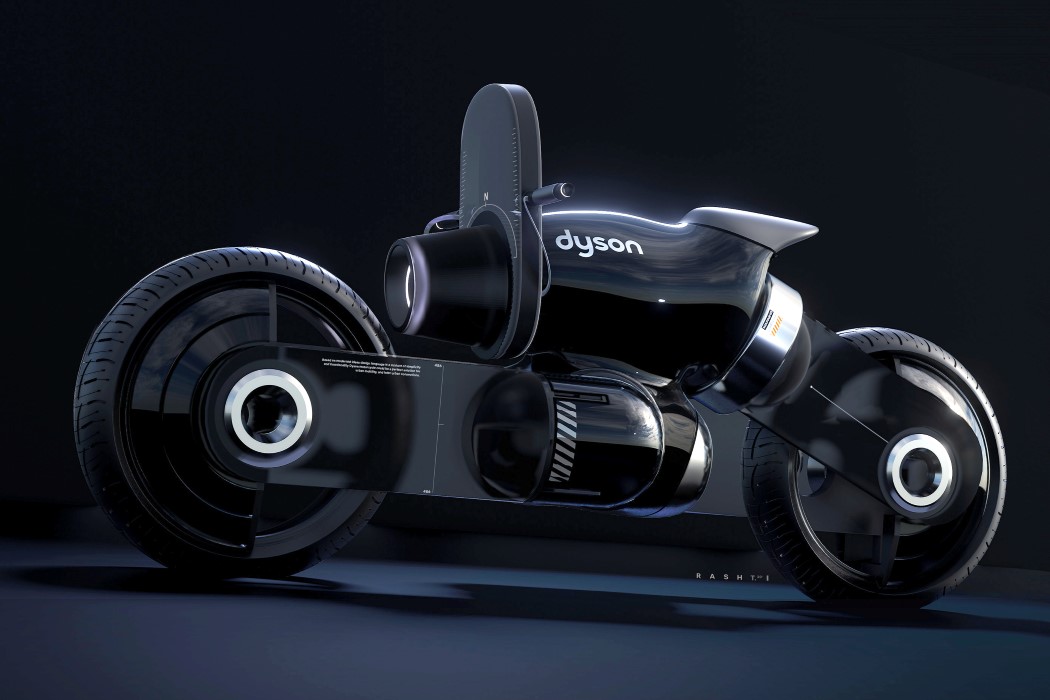
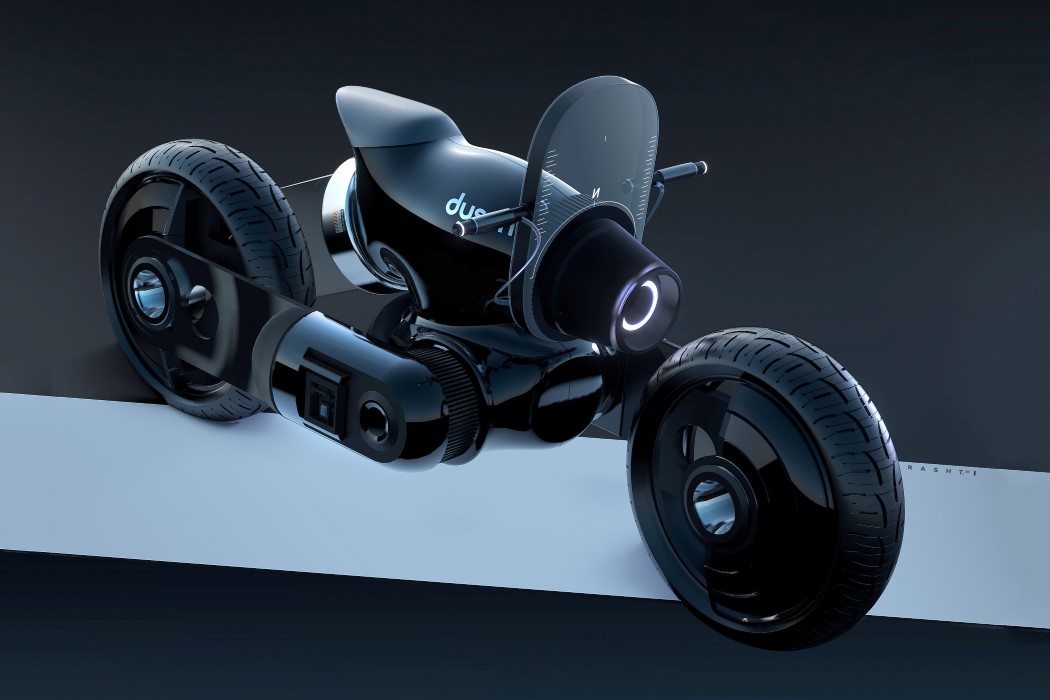
The Dyson Bike started as a mere warmup sketching exercise for Rashid Tagirov in 2019. Seeing how the aesthetic began taking shape, and finding himself with extra time on his hands in 2020, Tagirov decided to take his sketch to the next level and flesh it out in 3D. The Dyson Bike champions the British appliance company’s design language, turning mundane geometric forms into a well-balanced thing of beauty.
